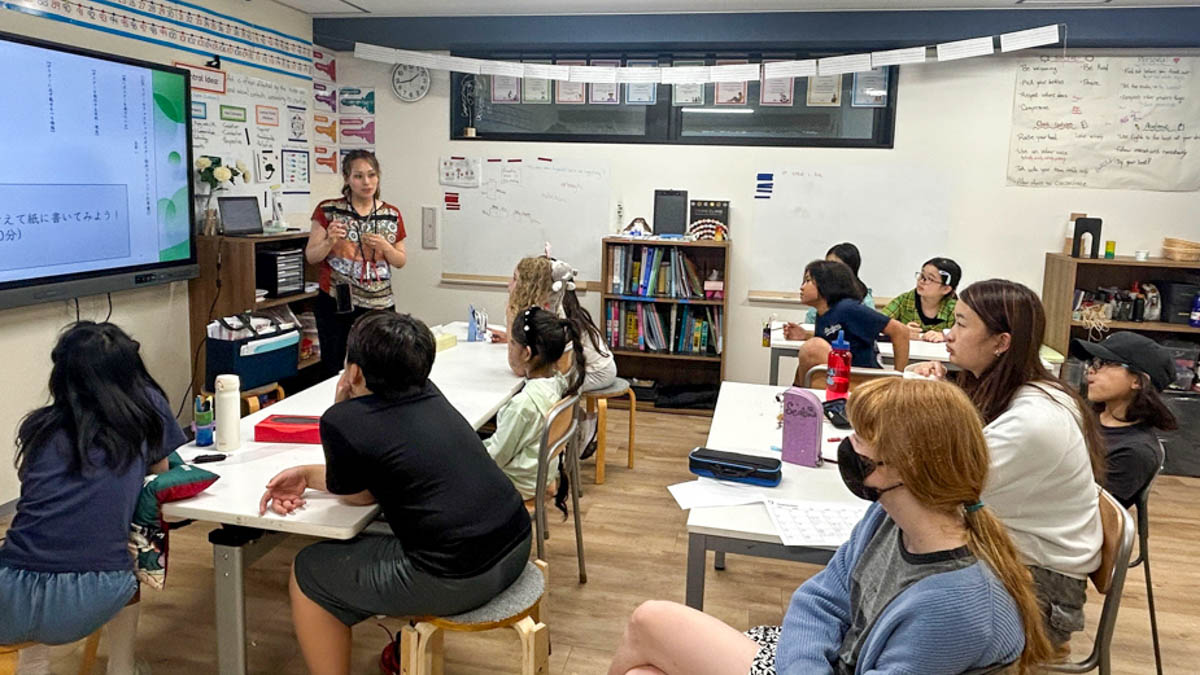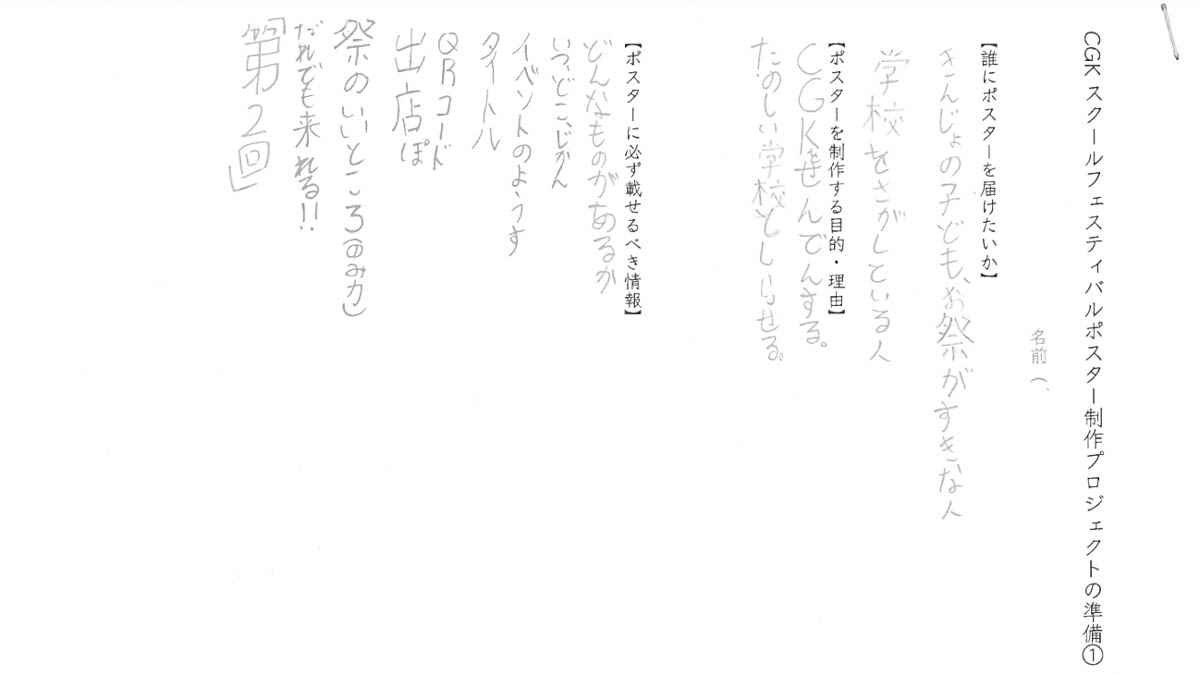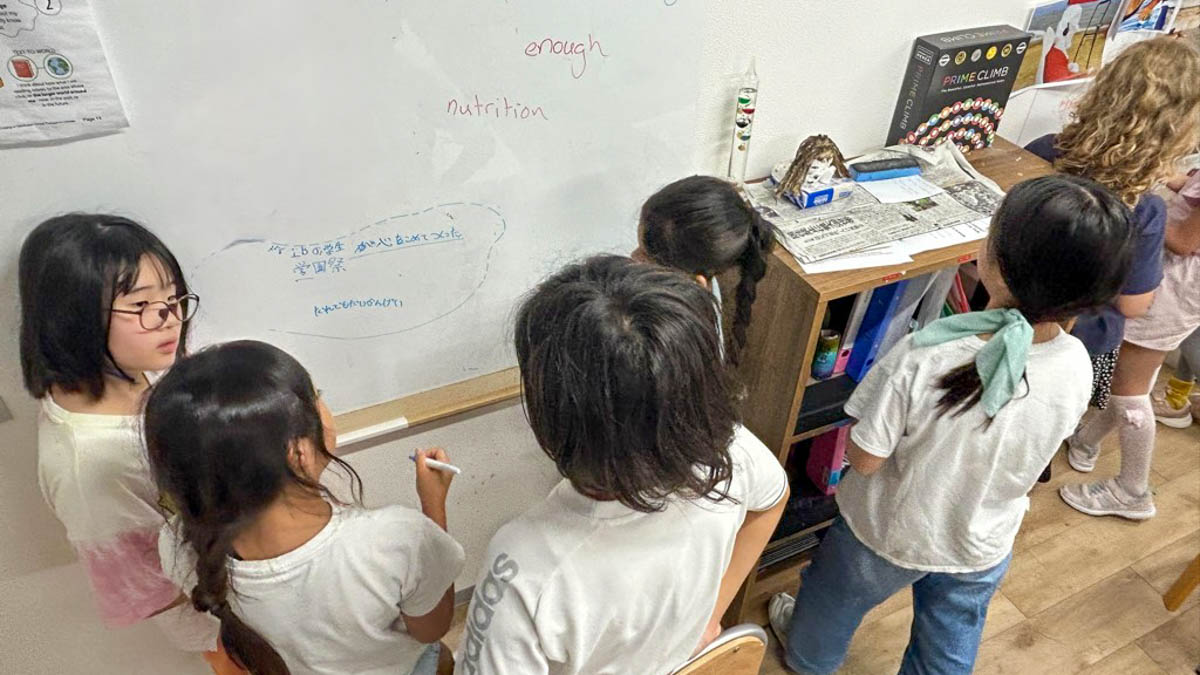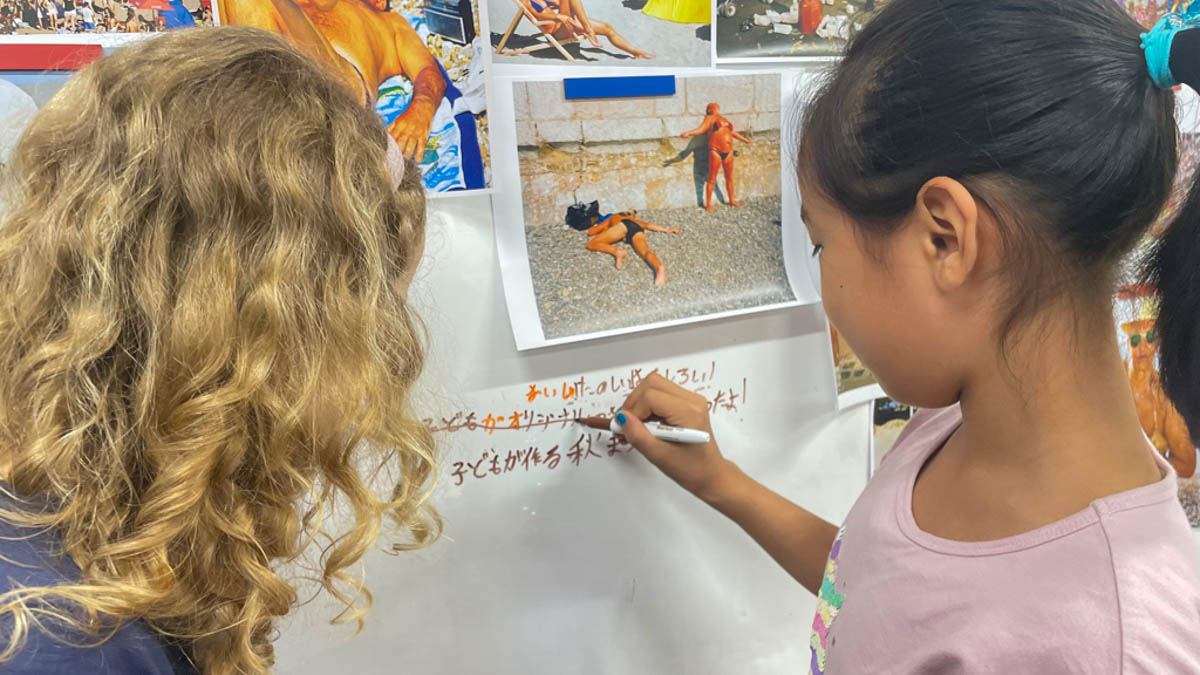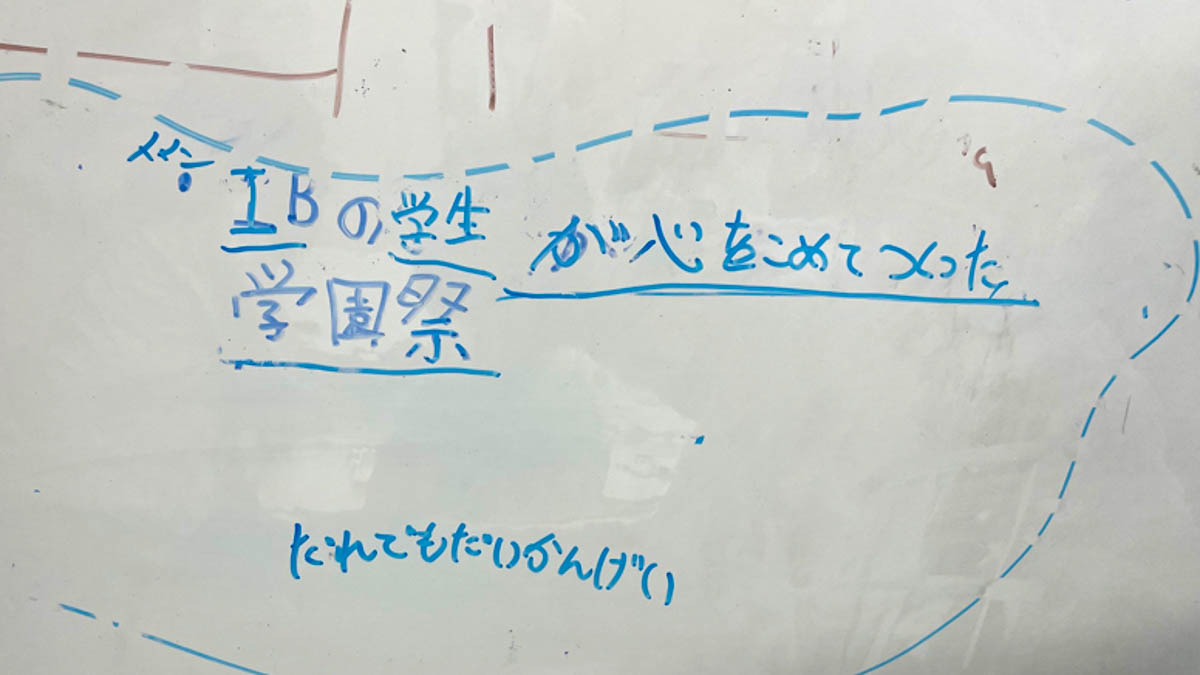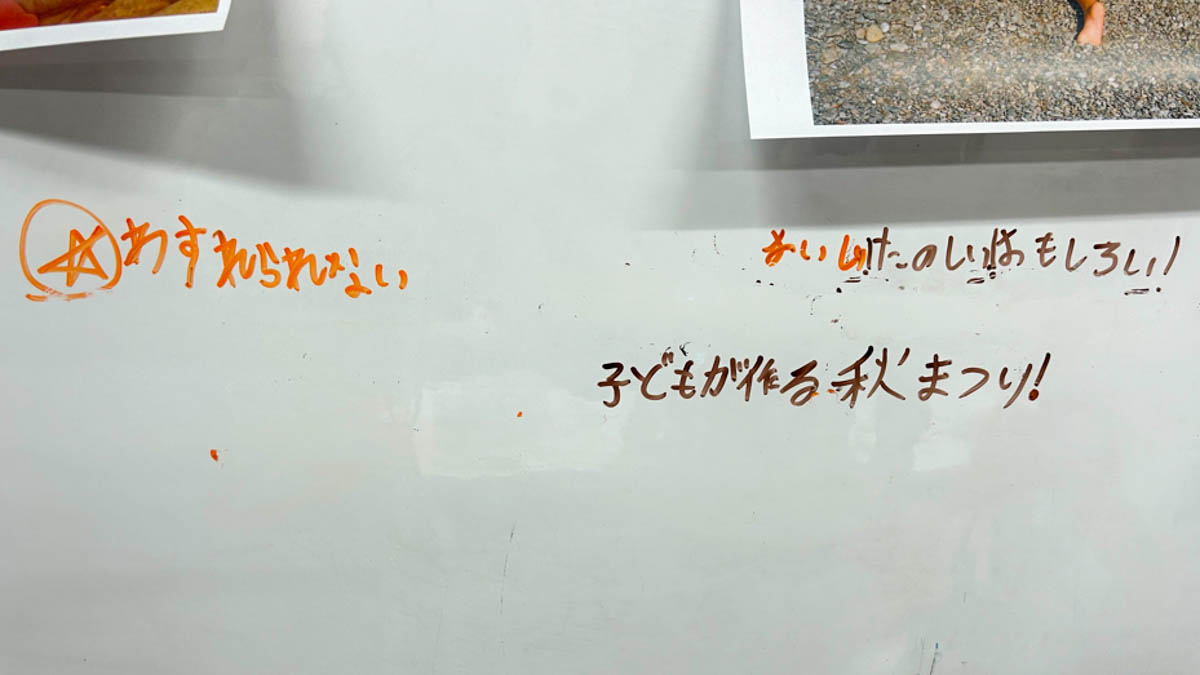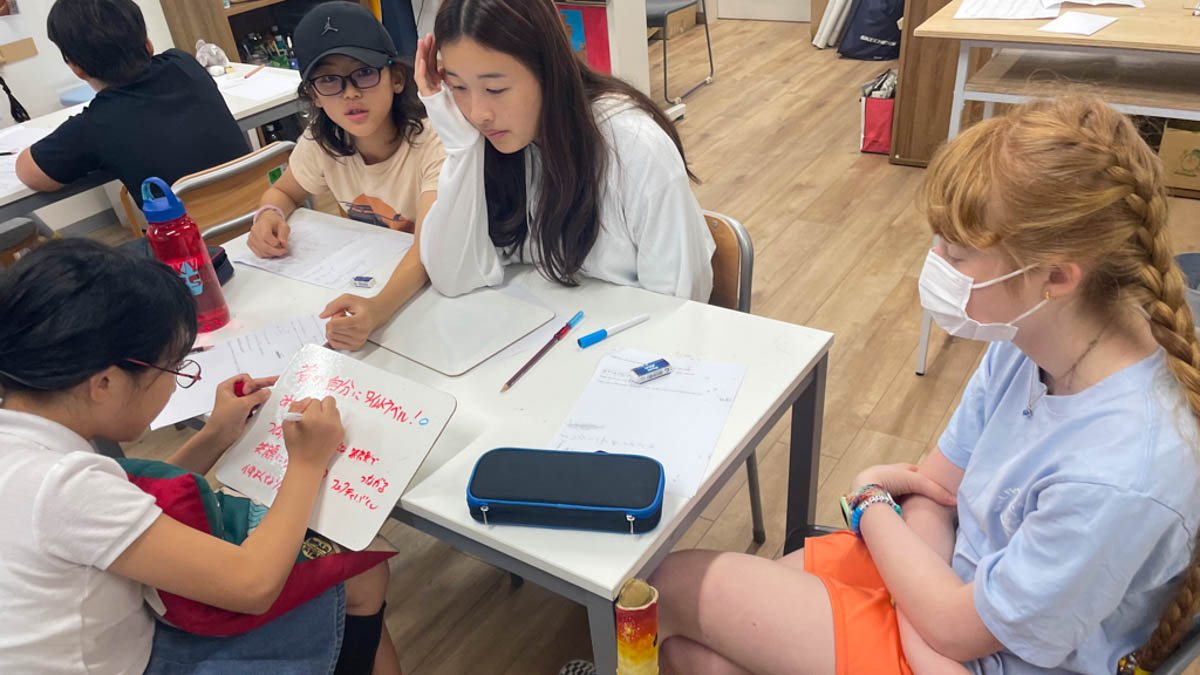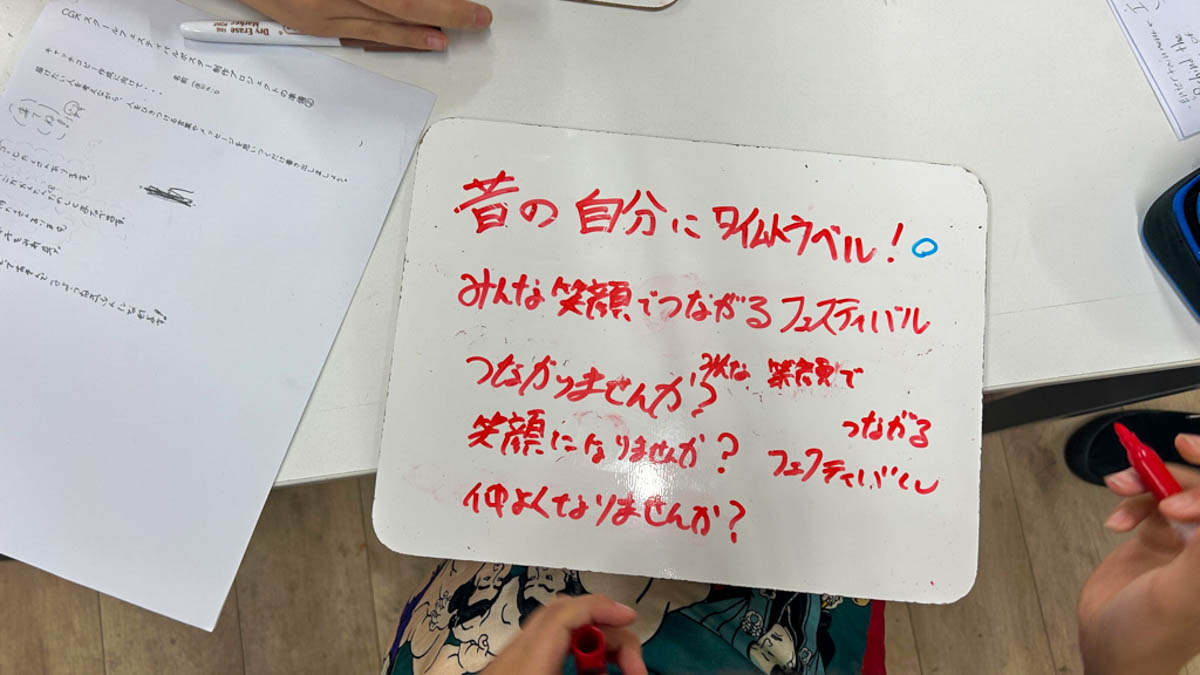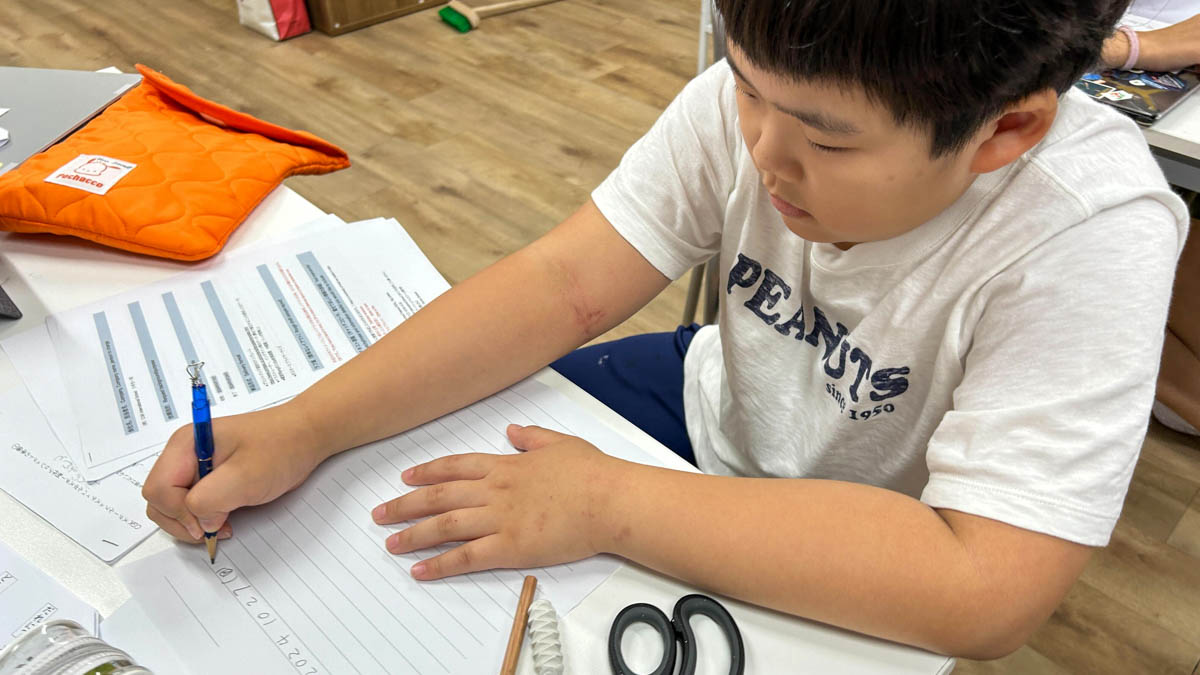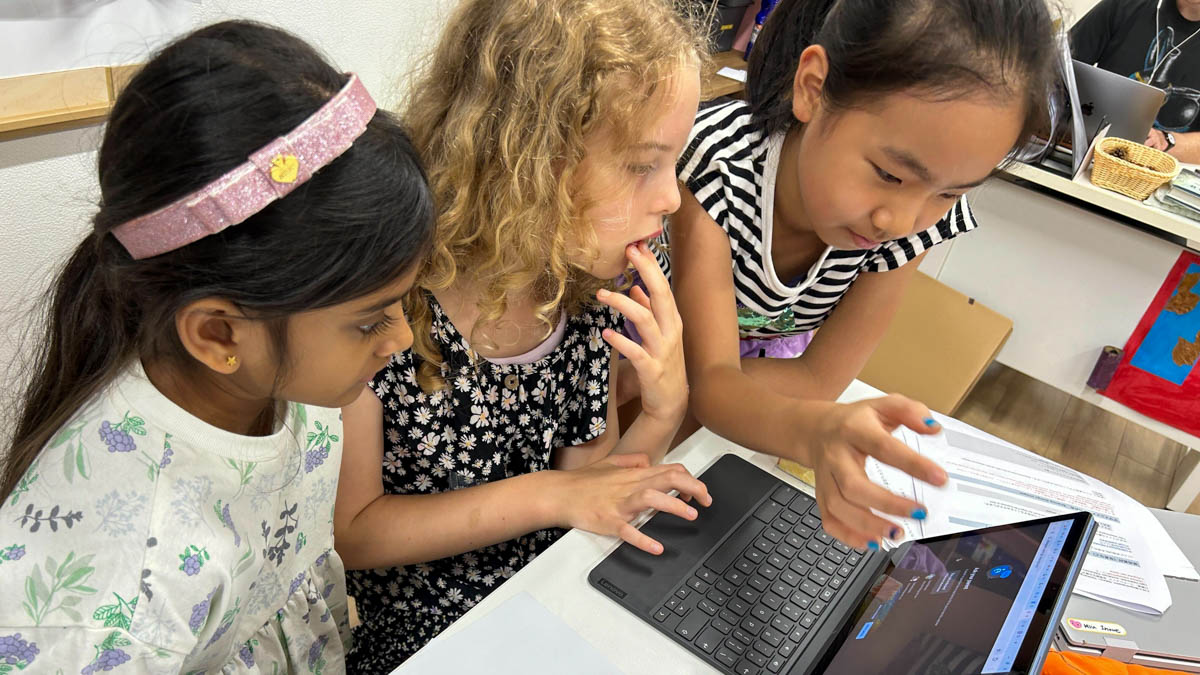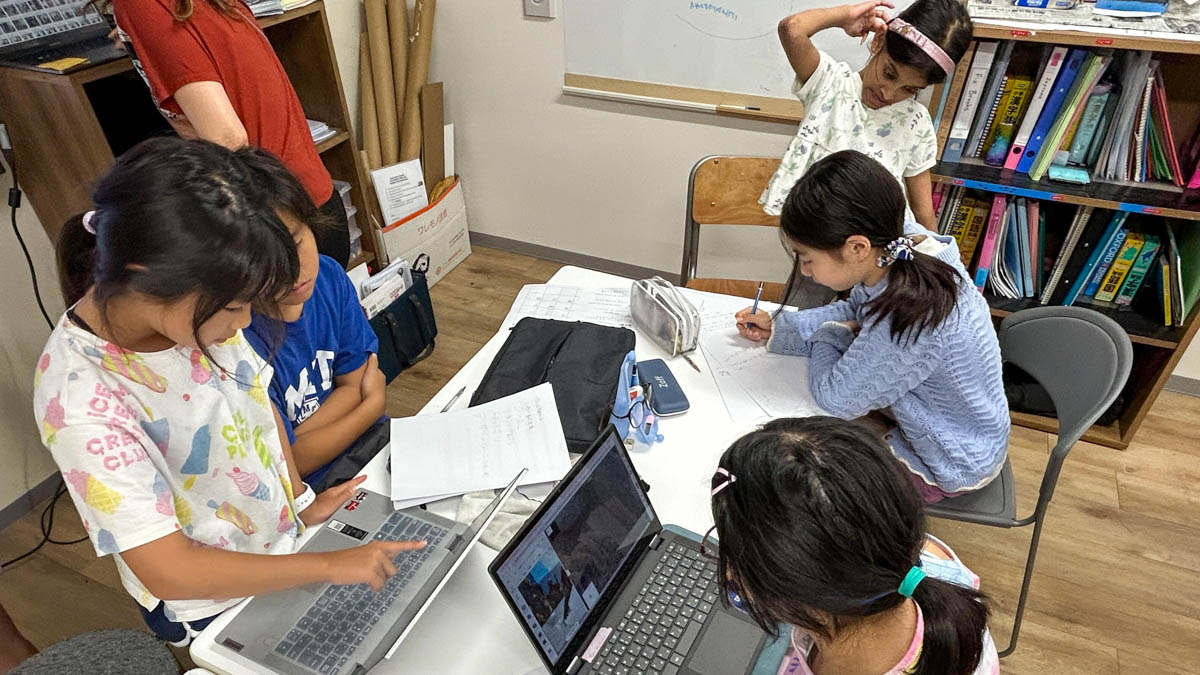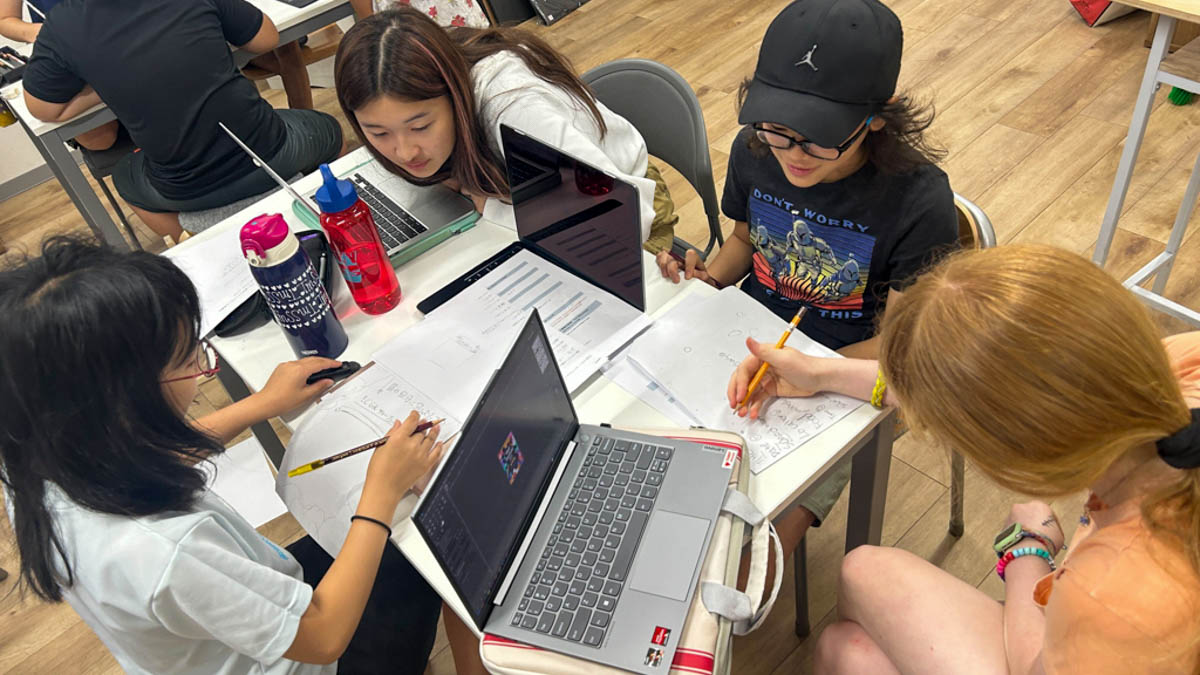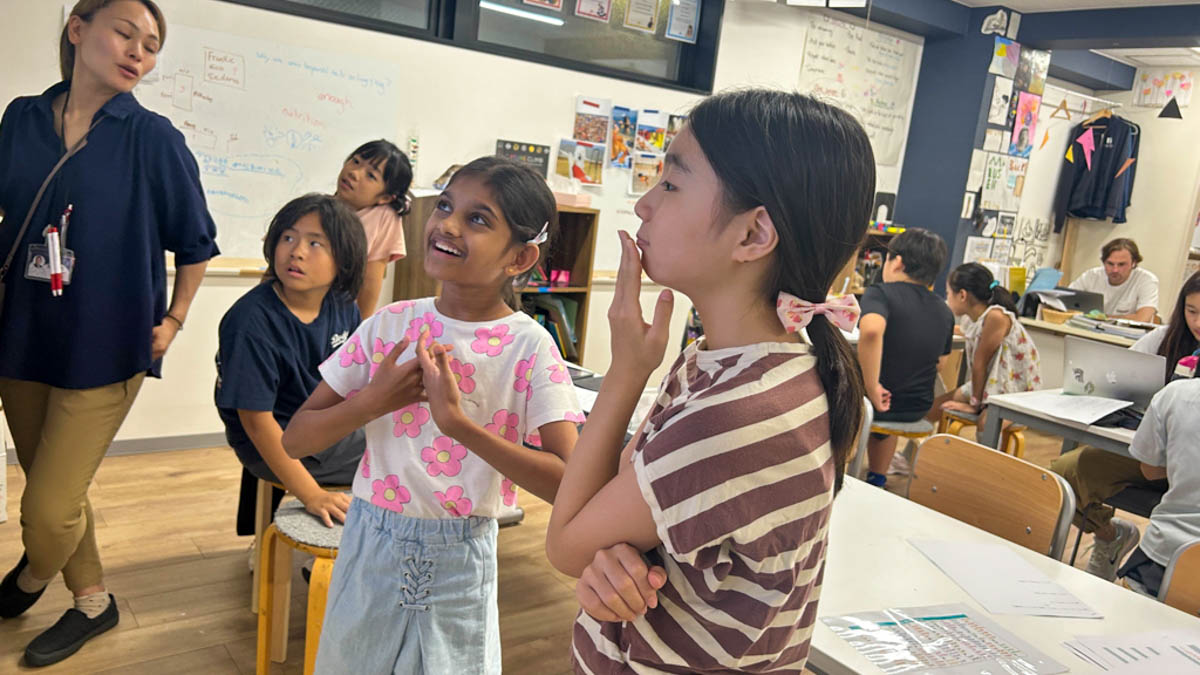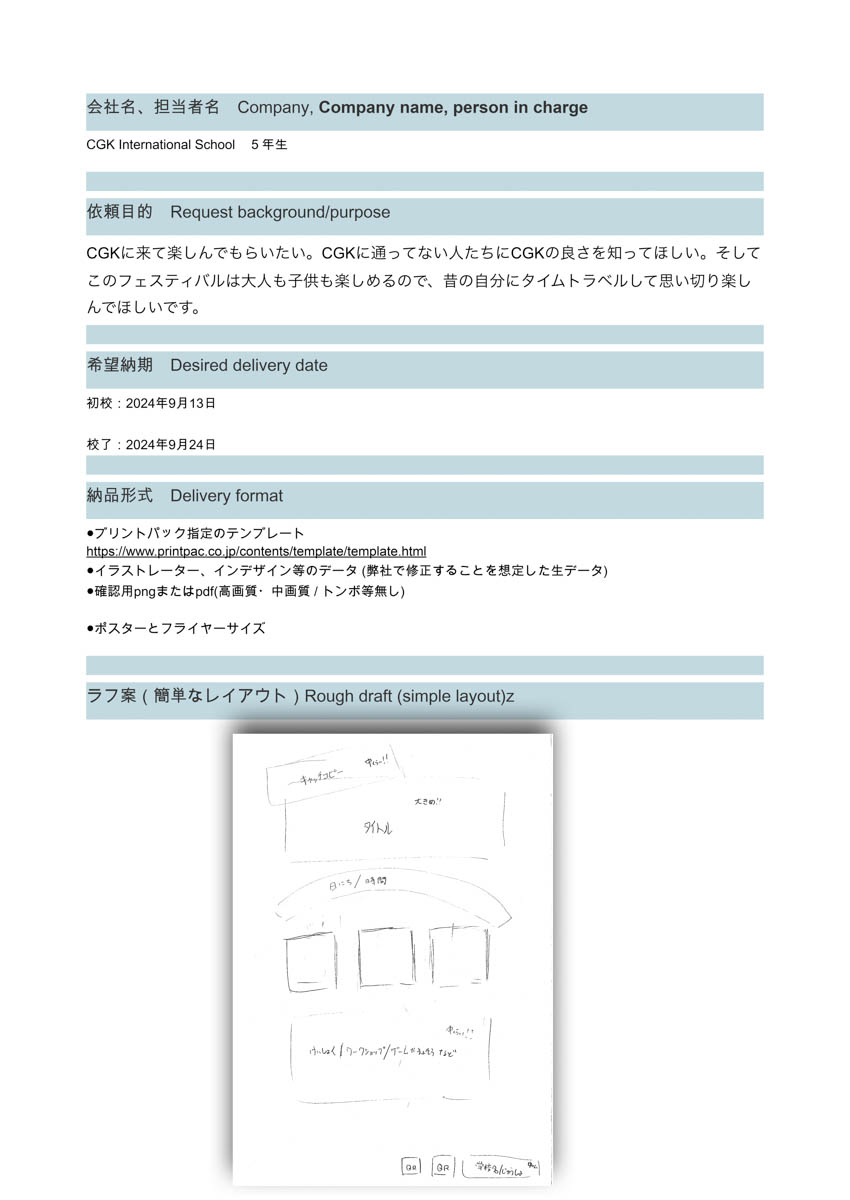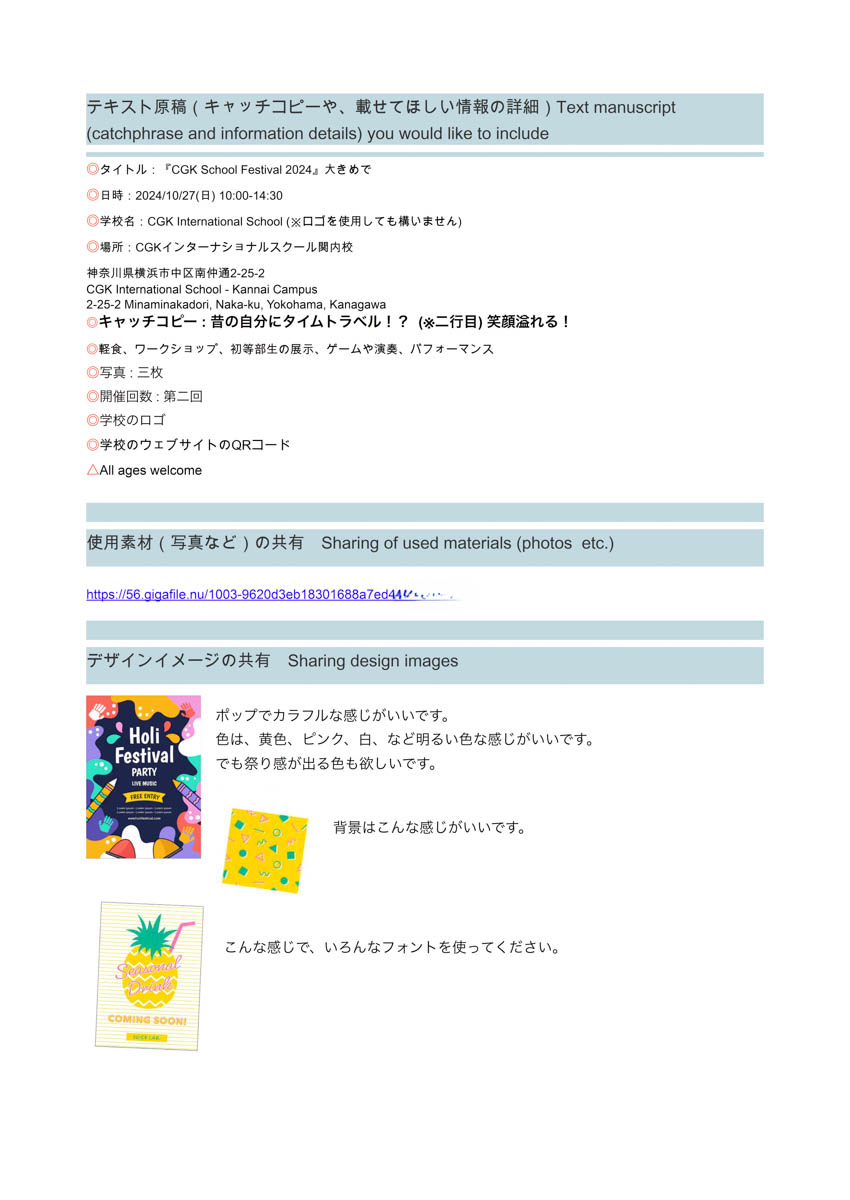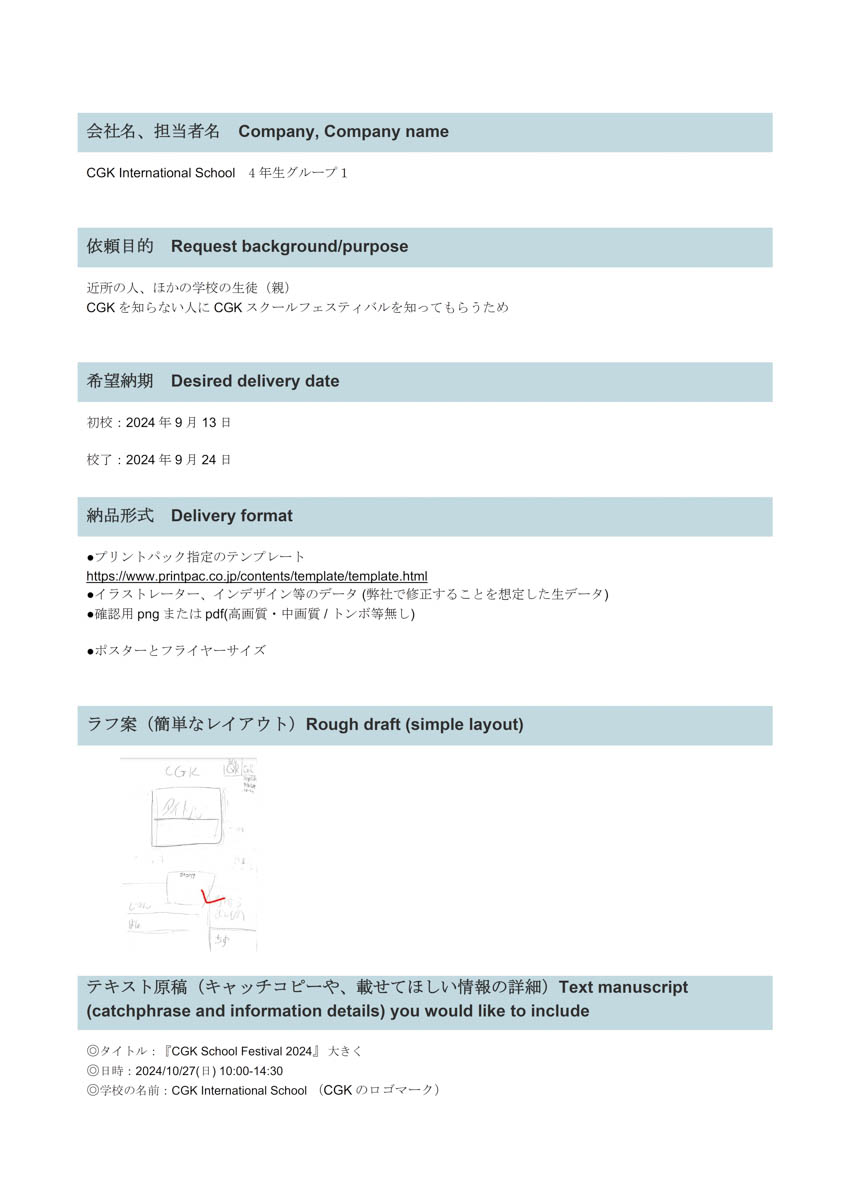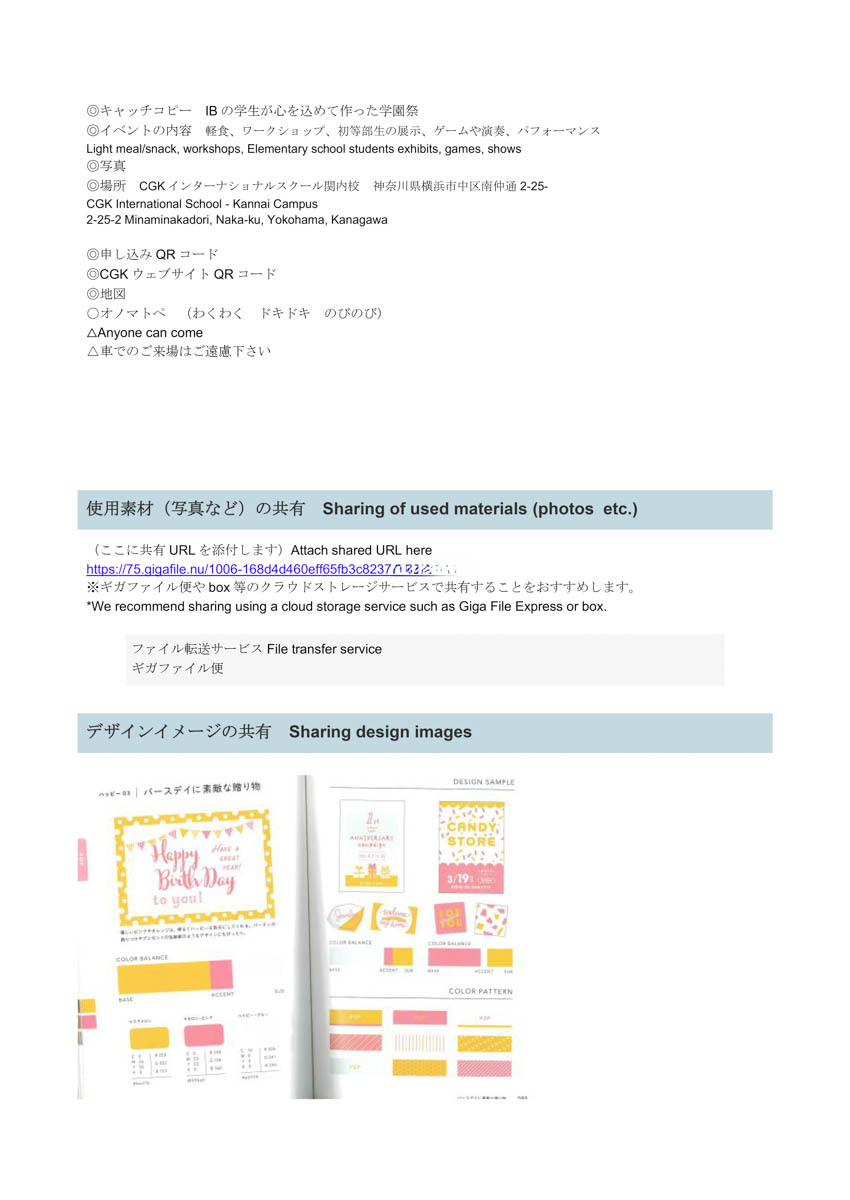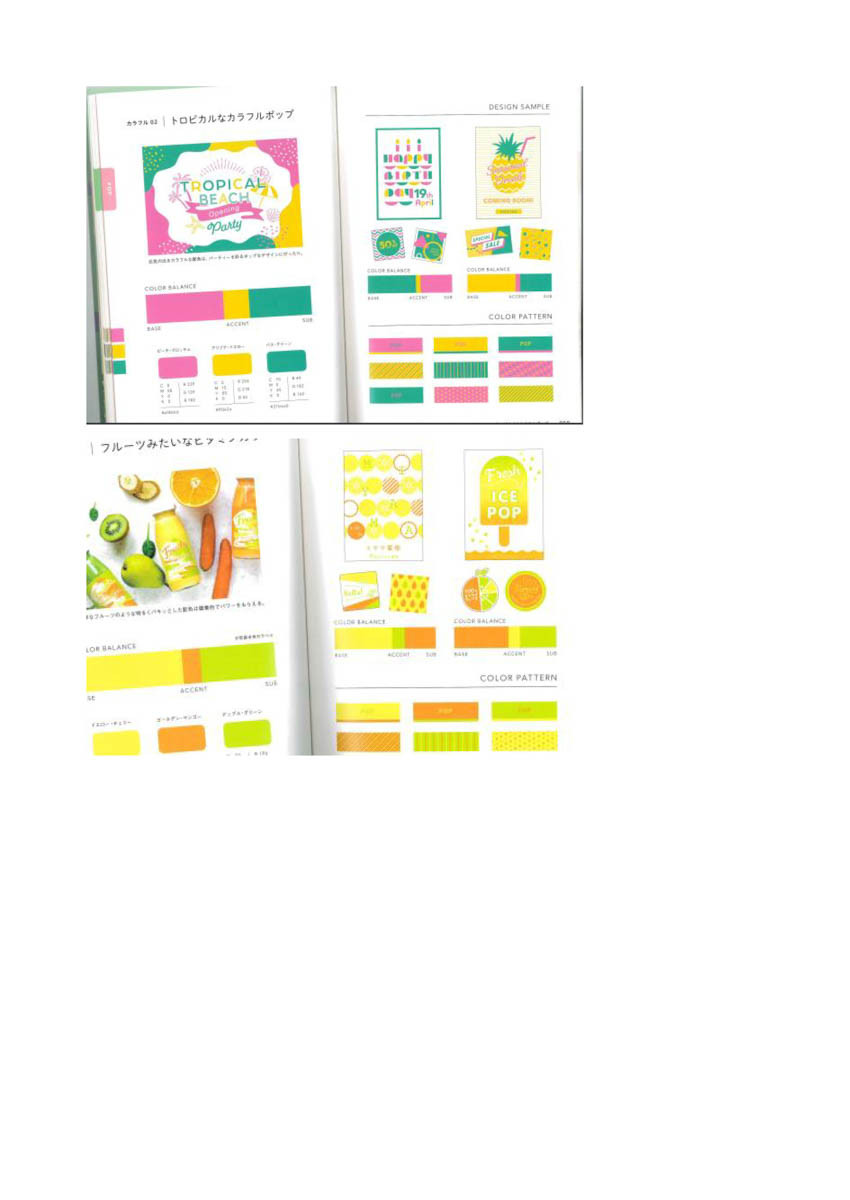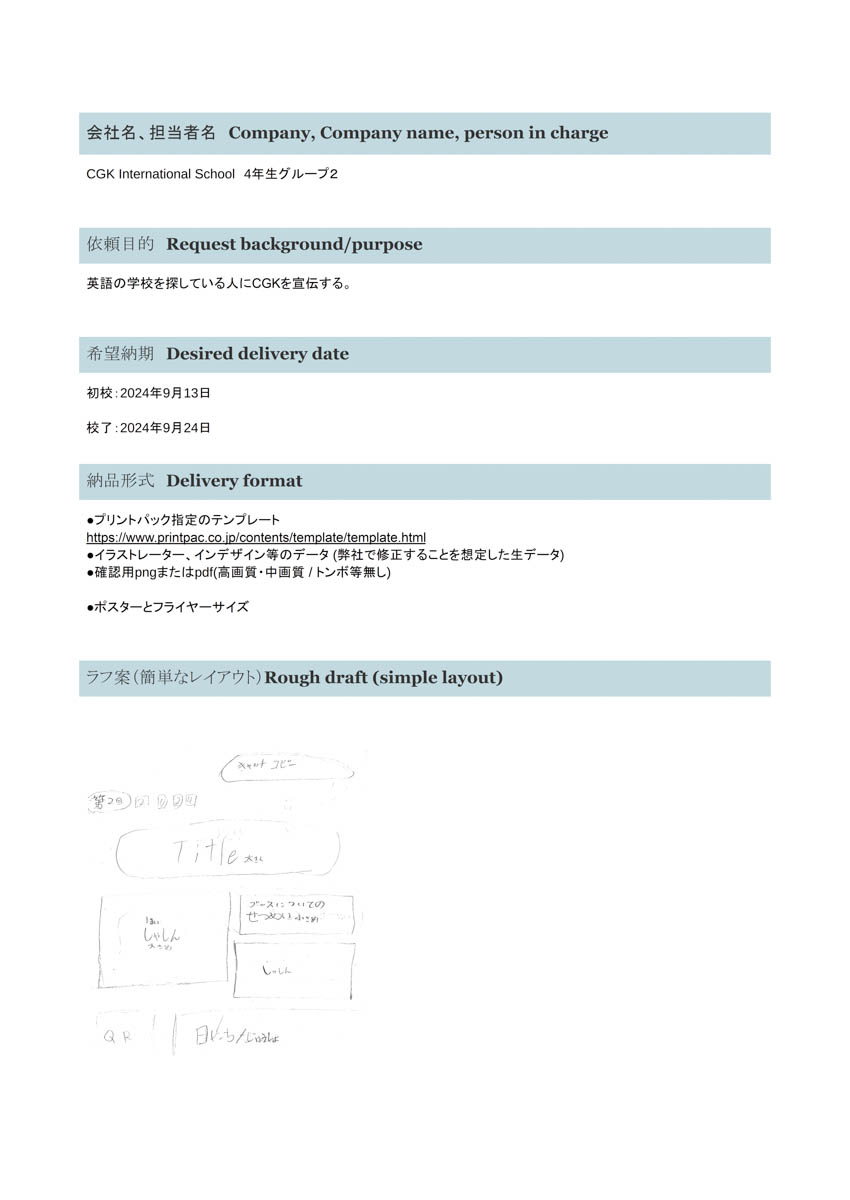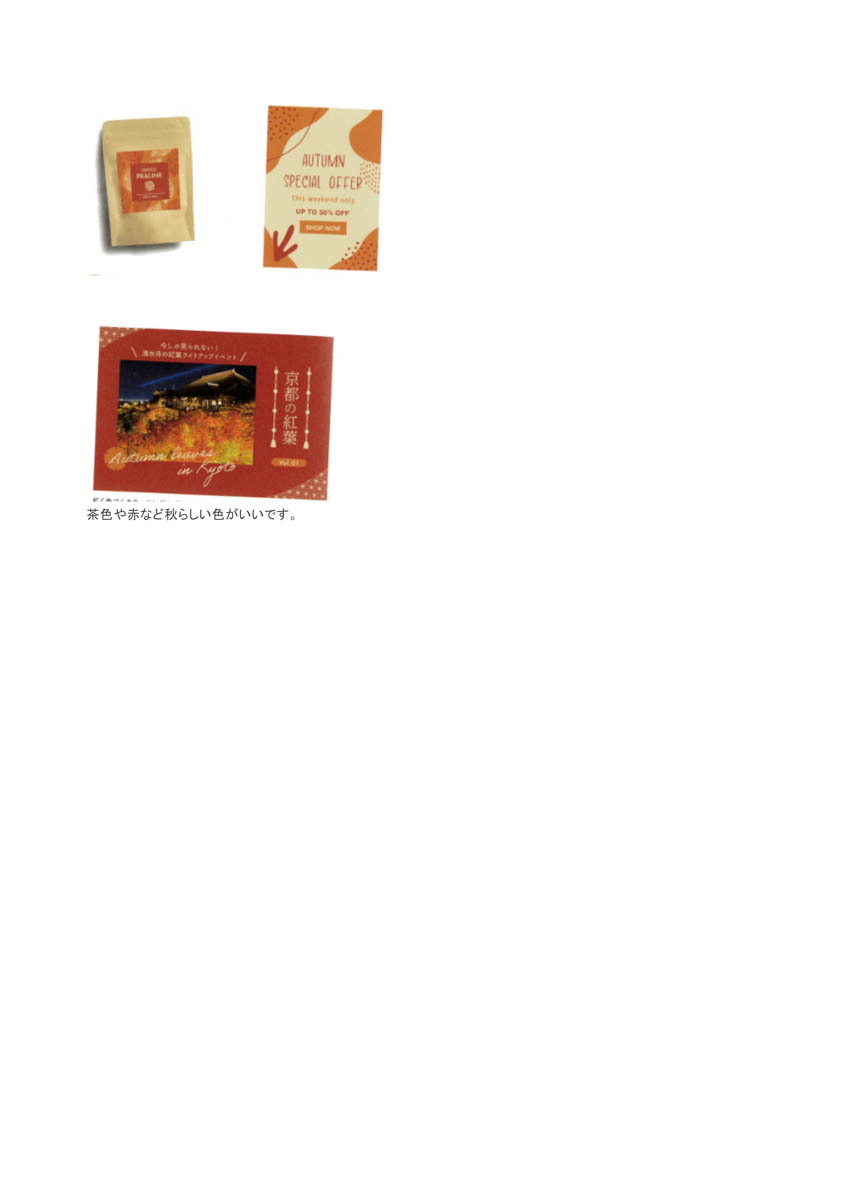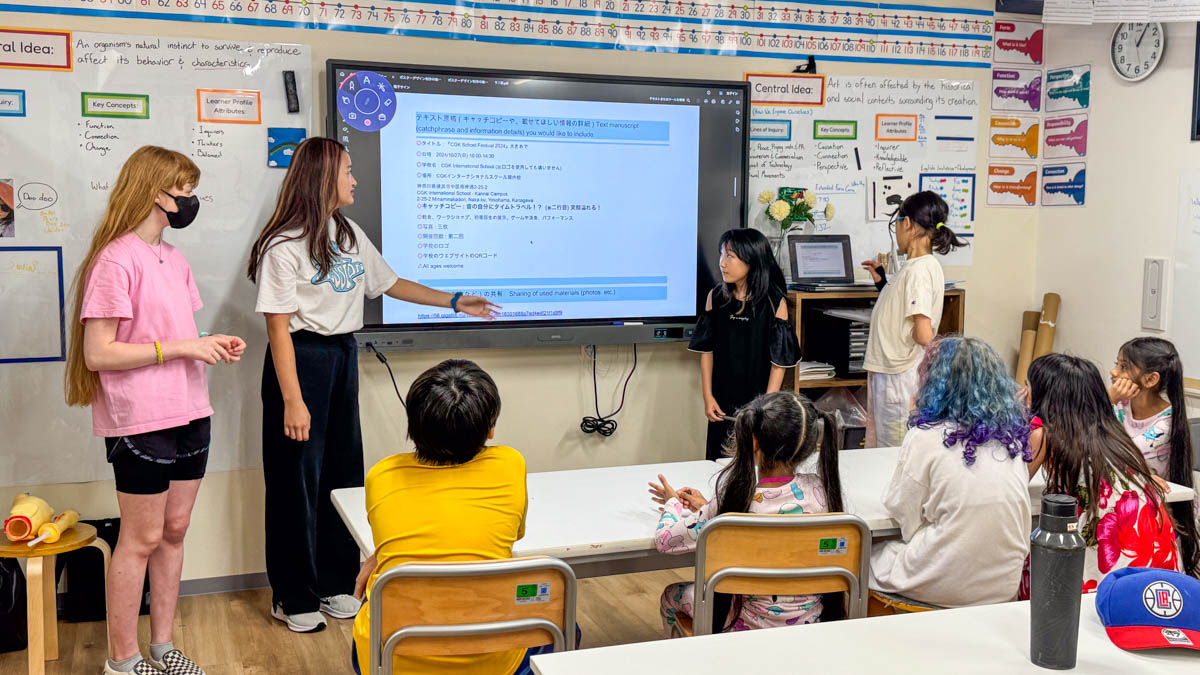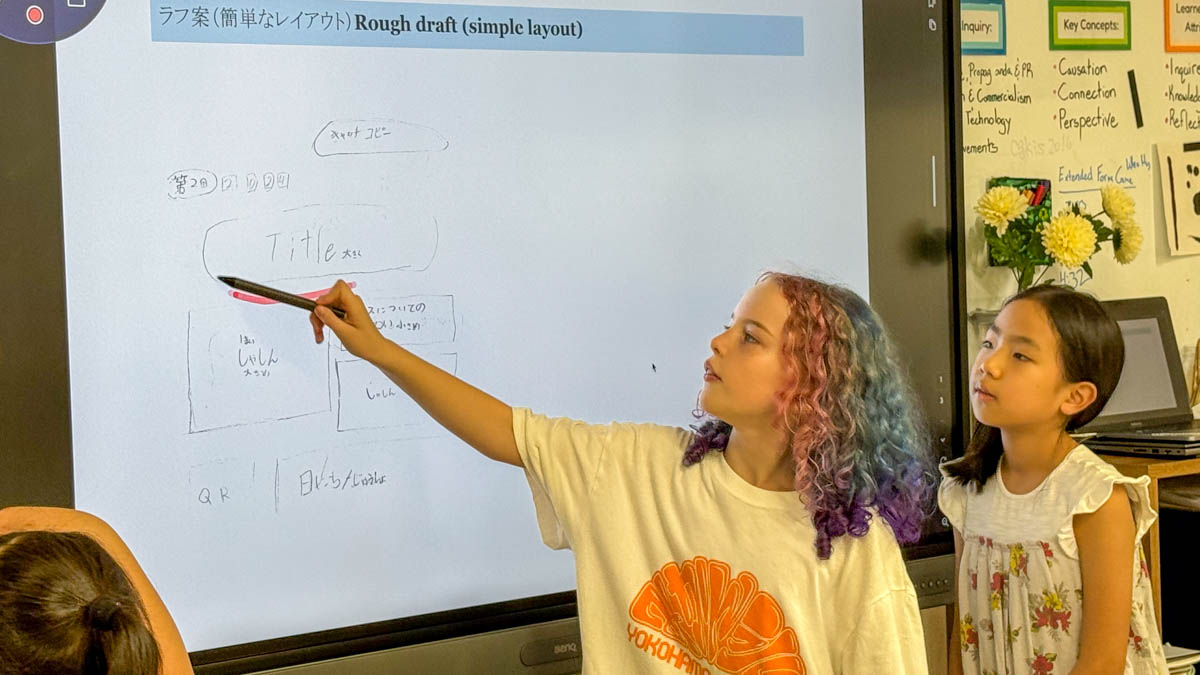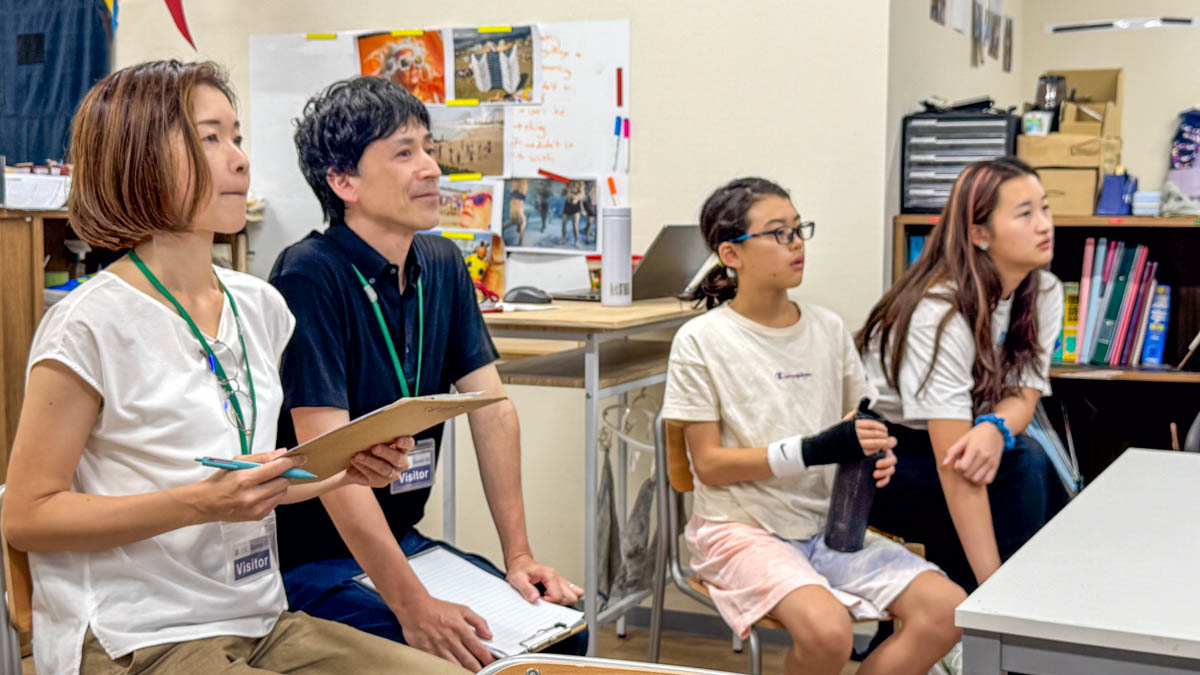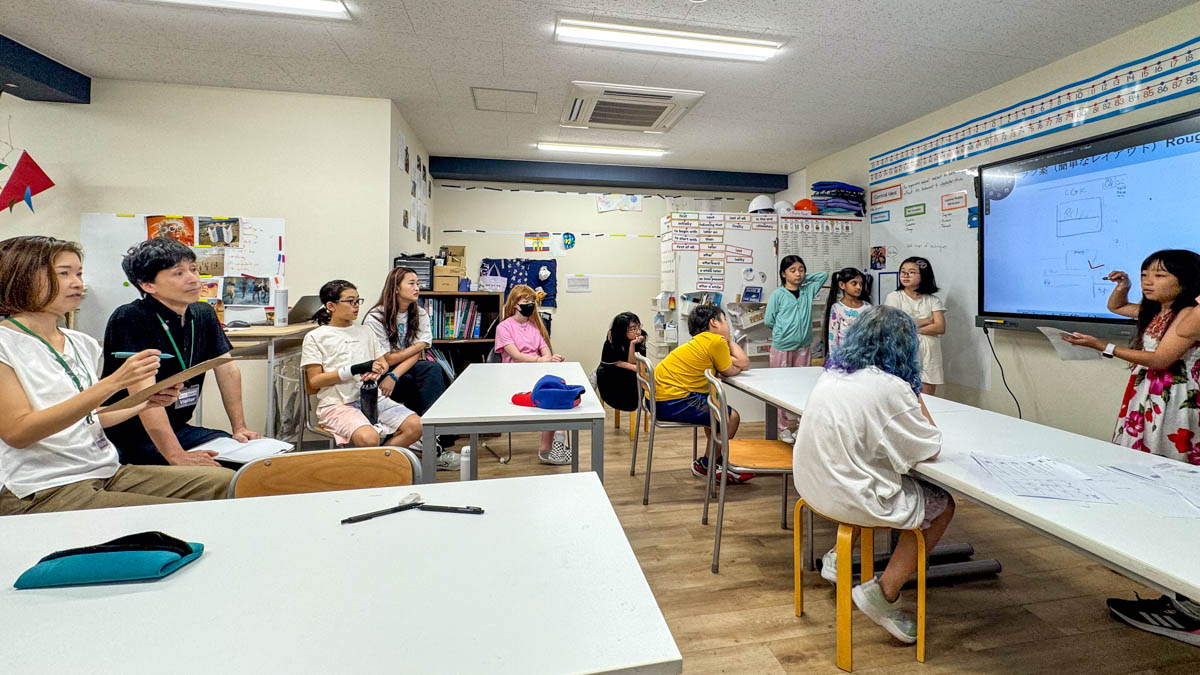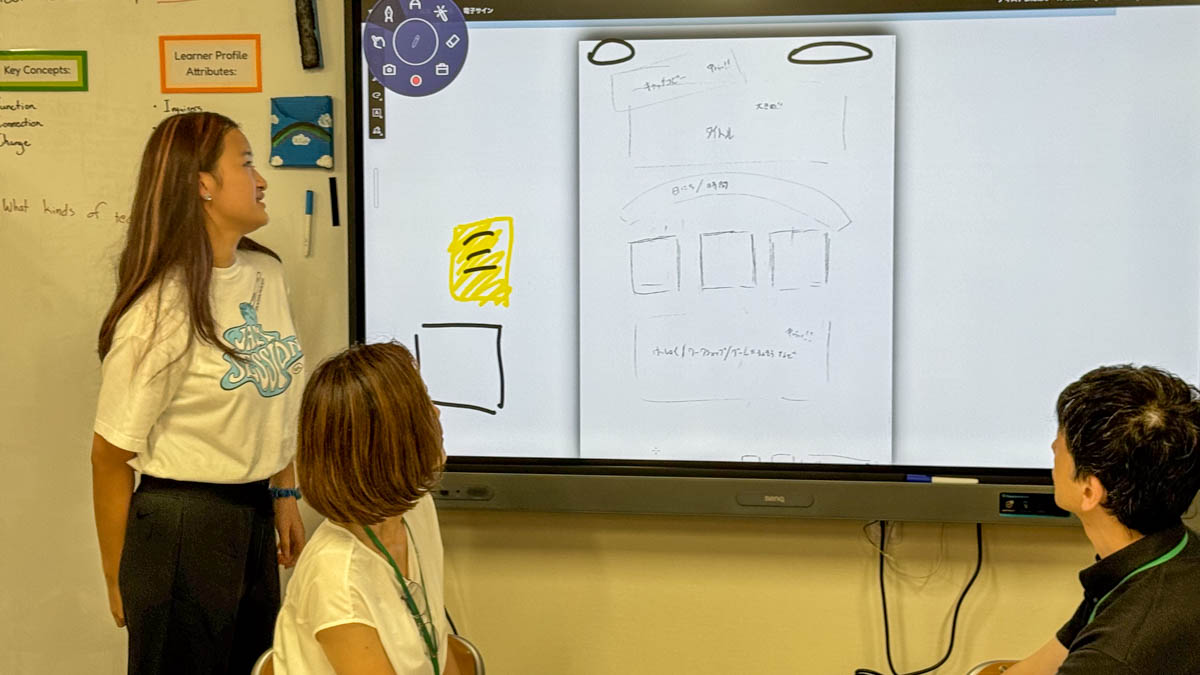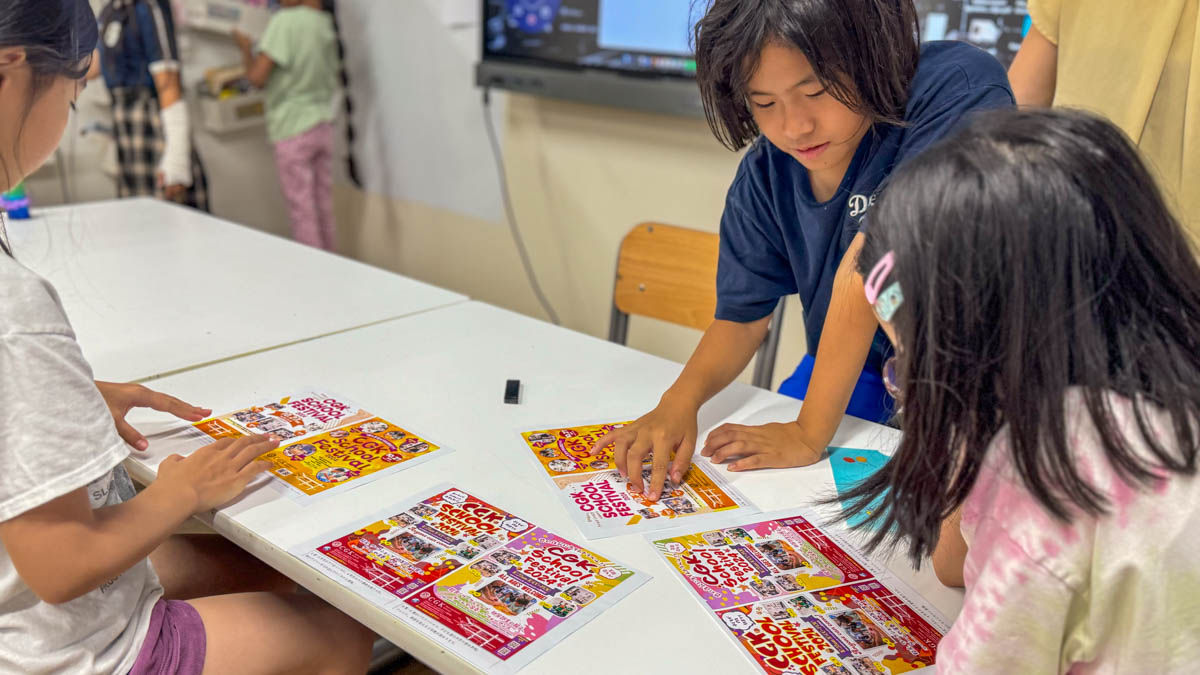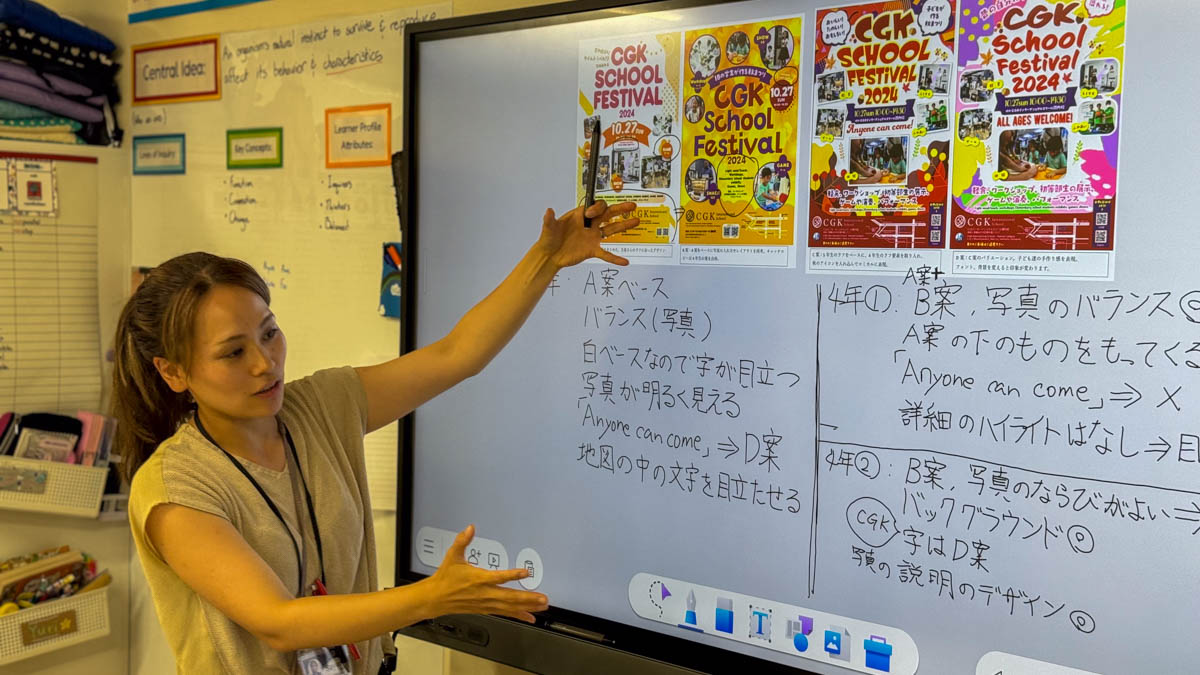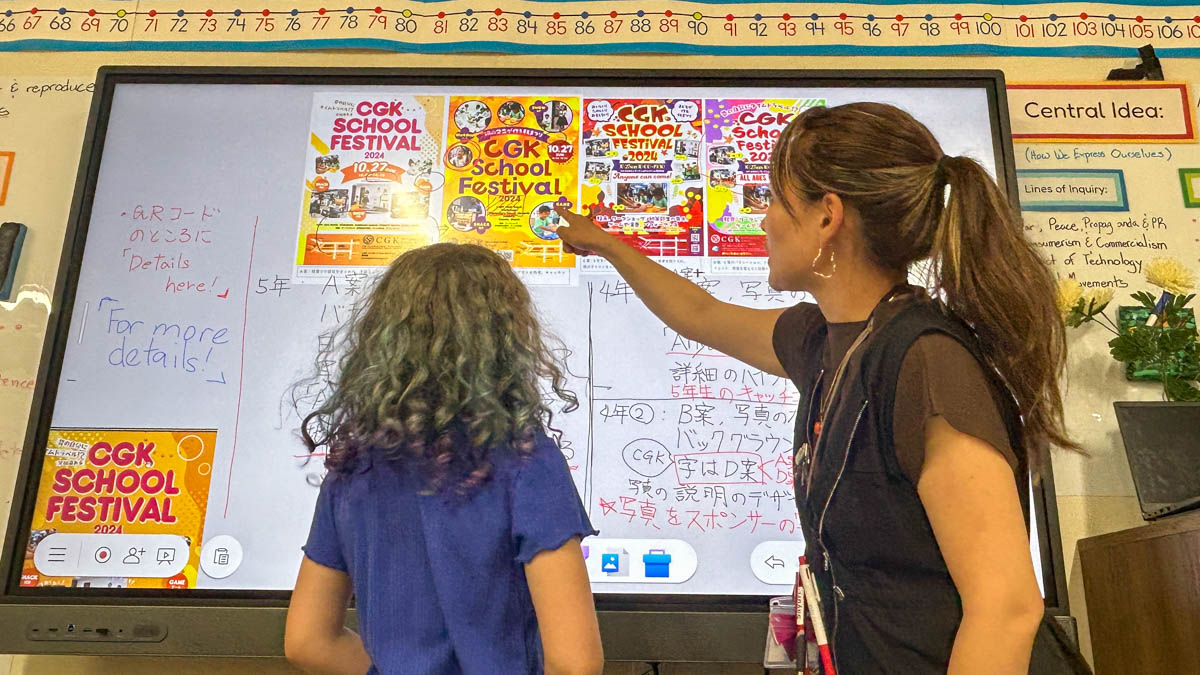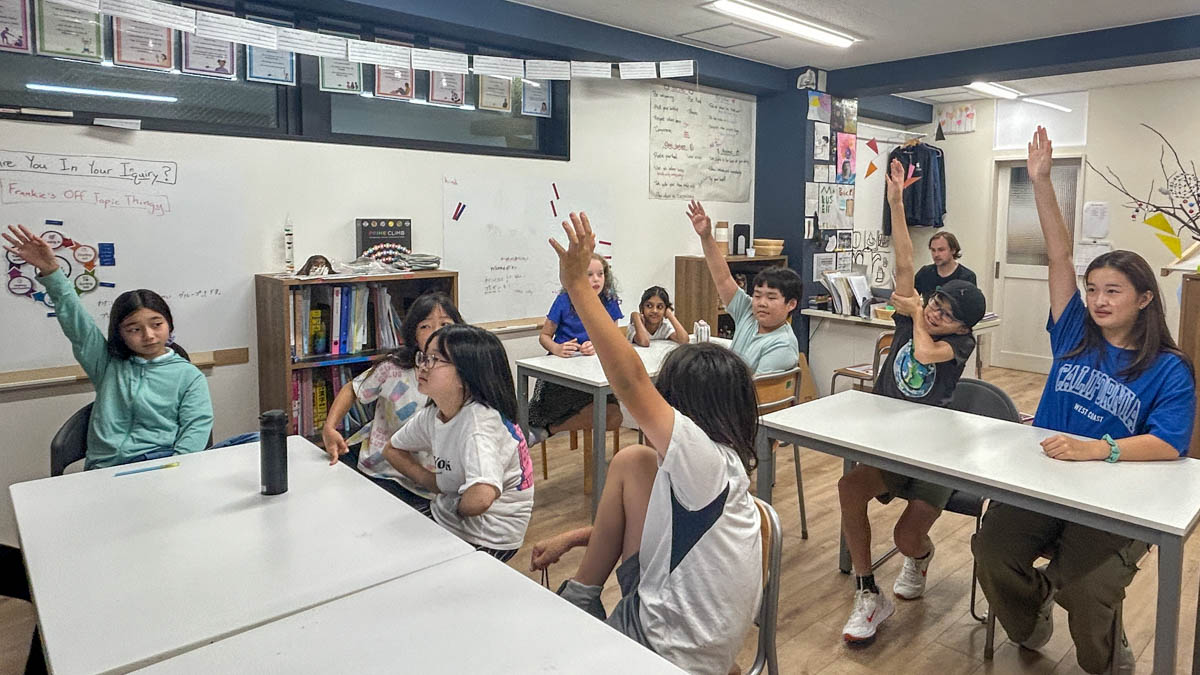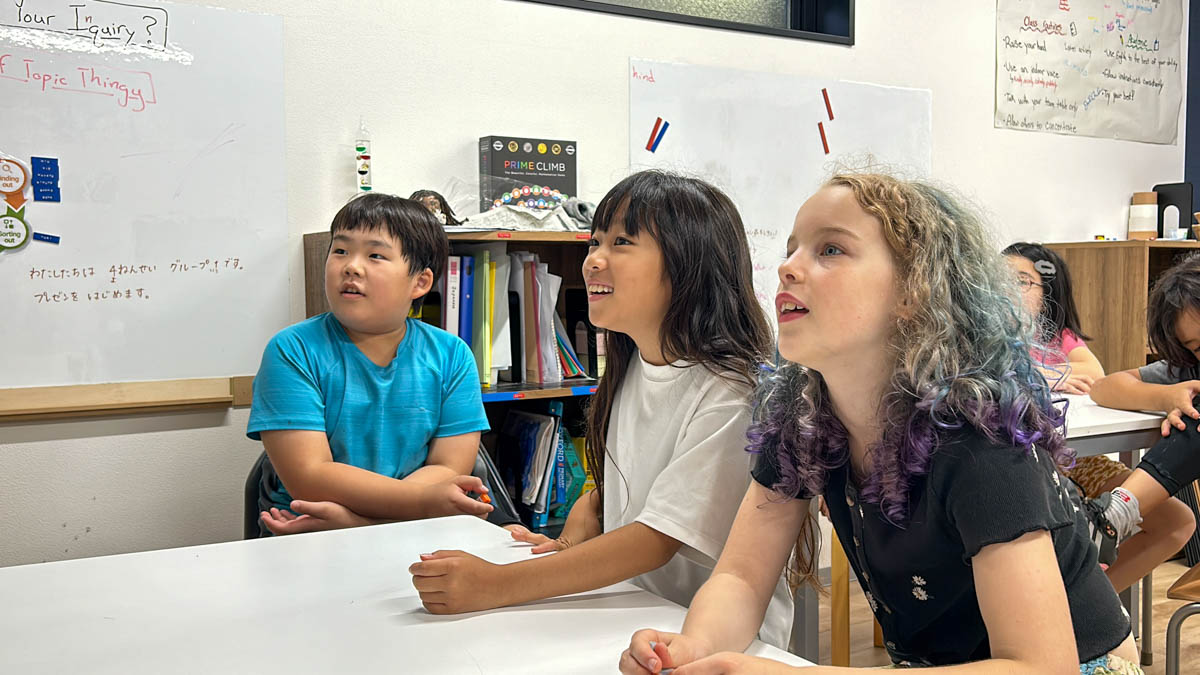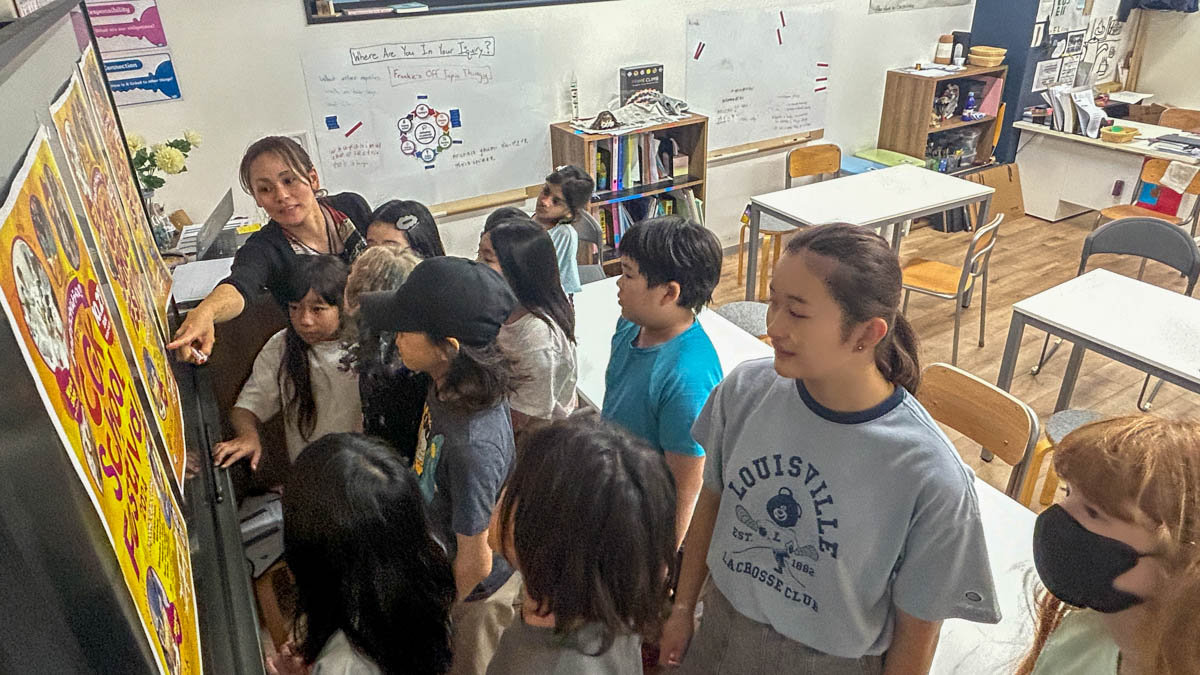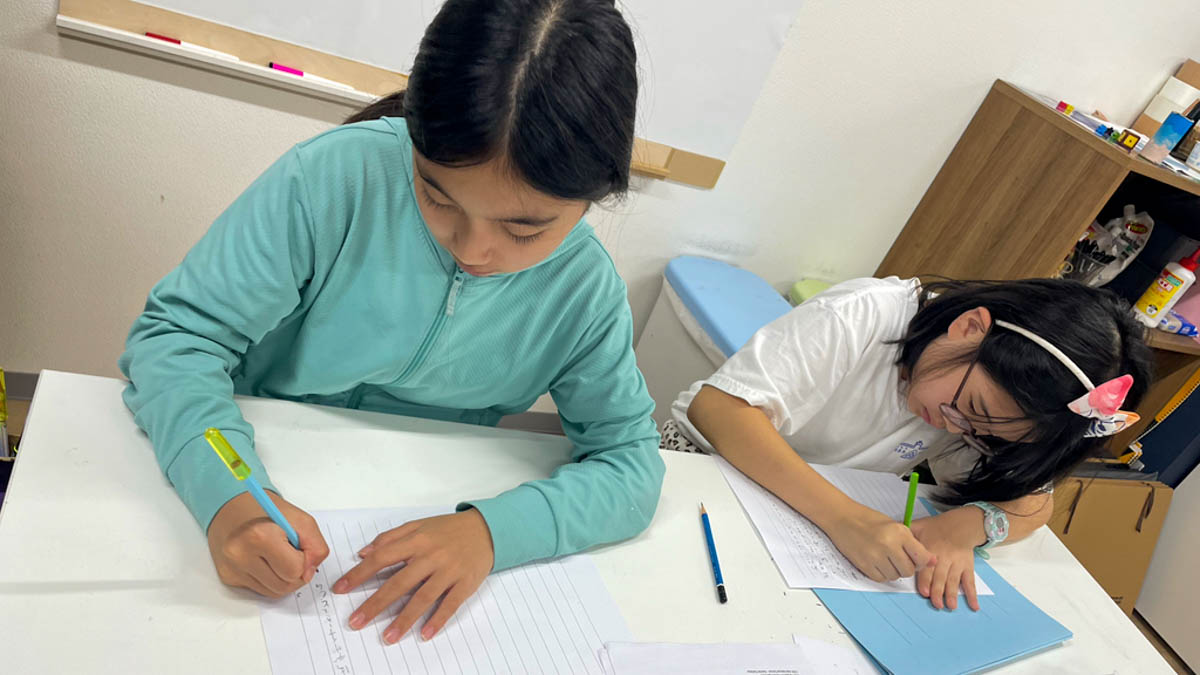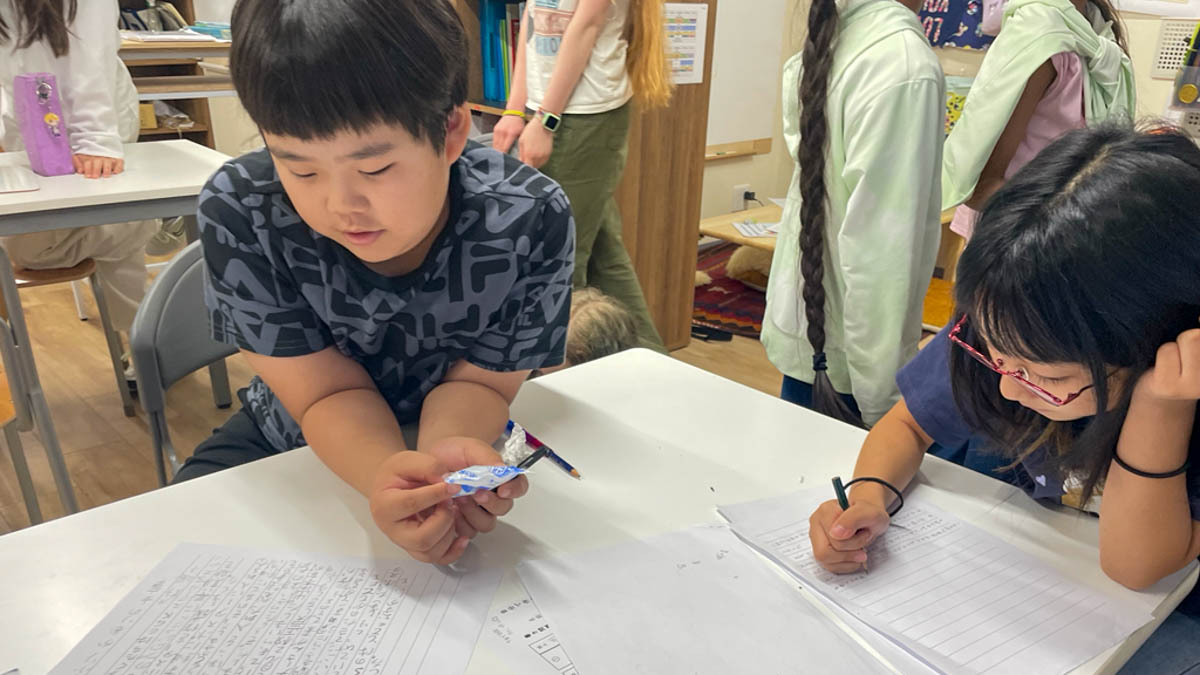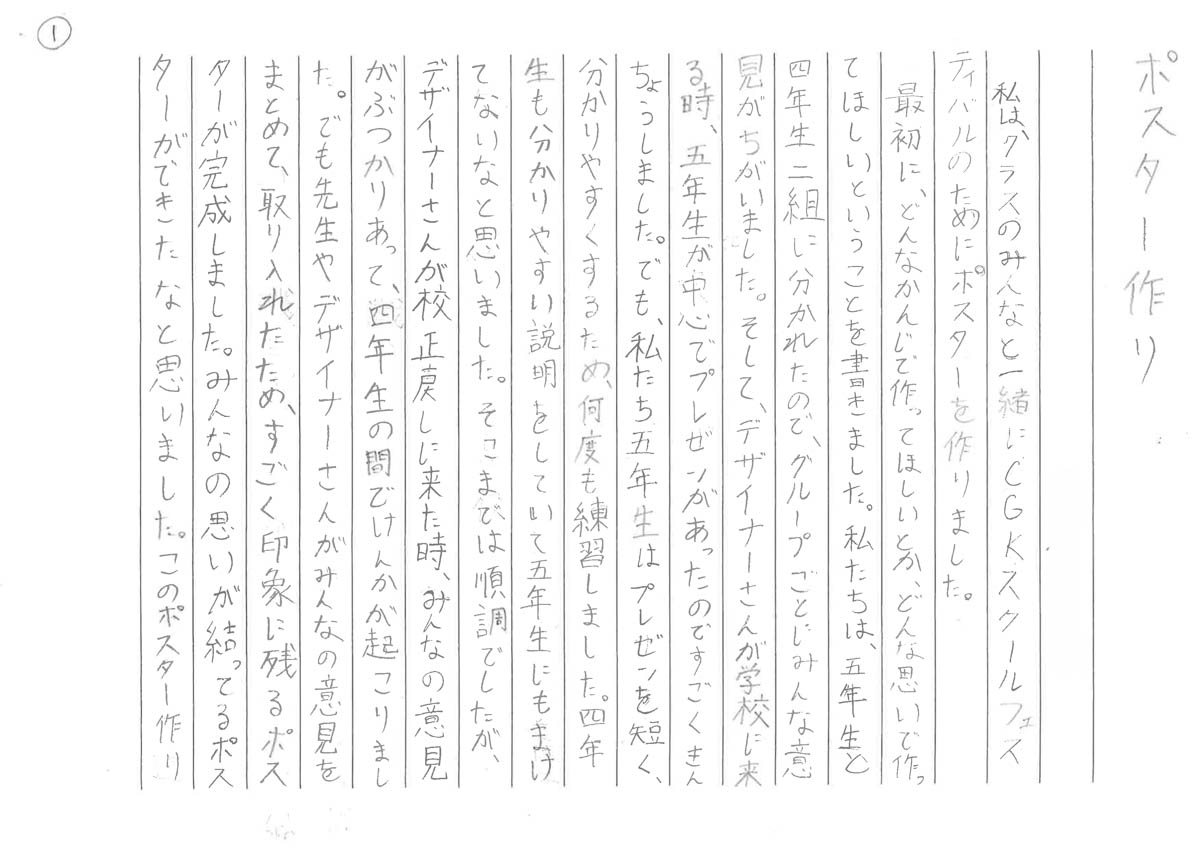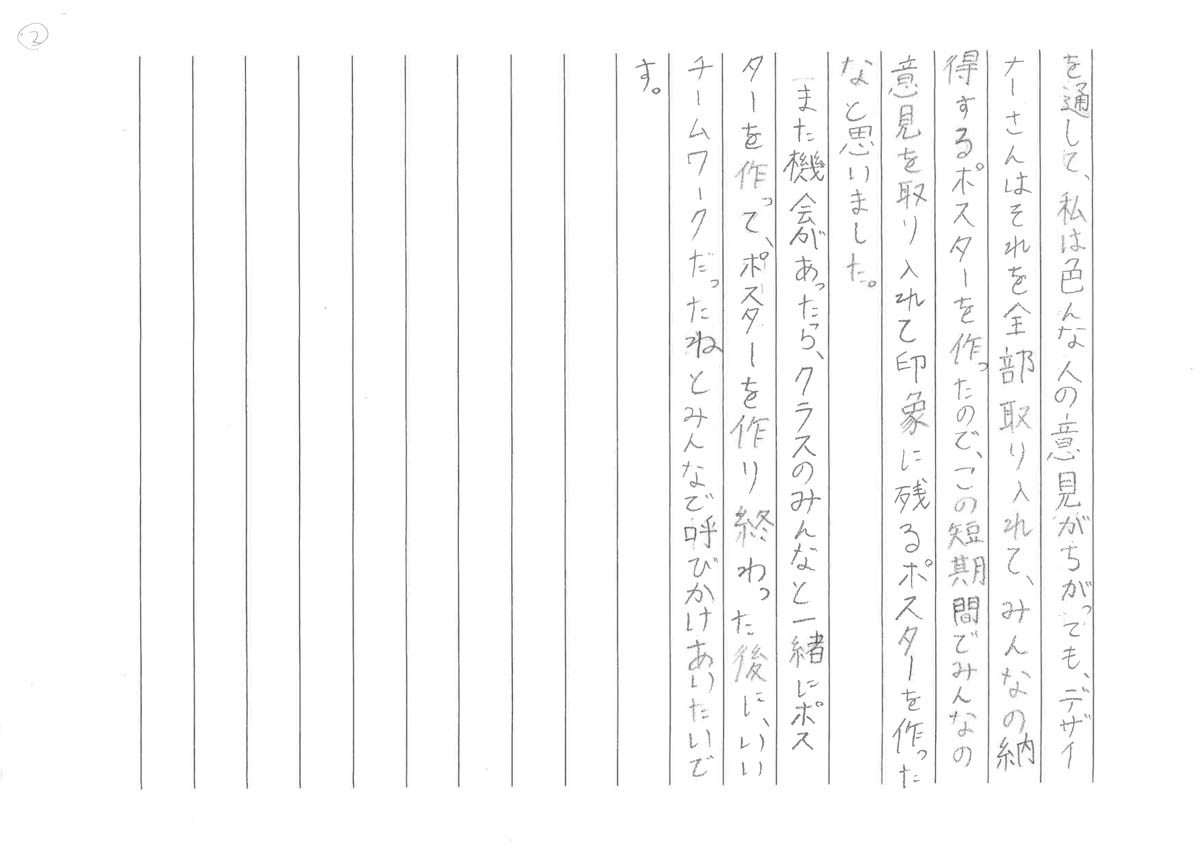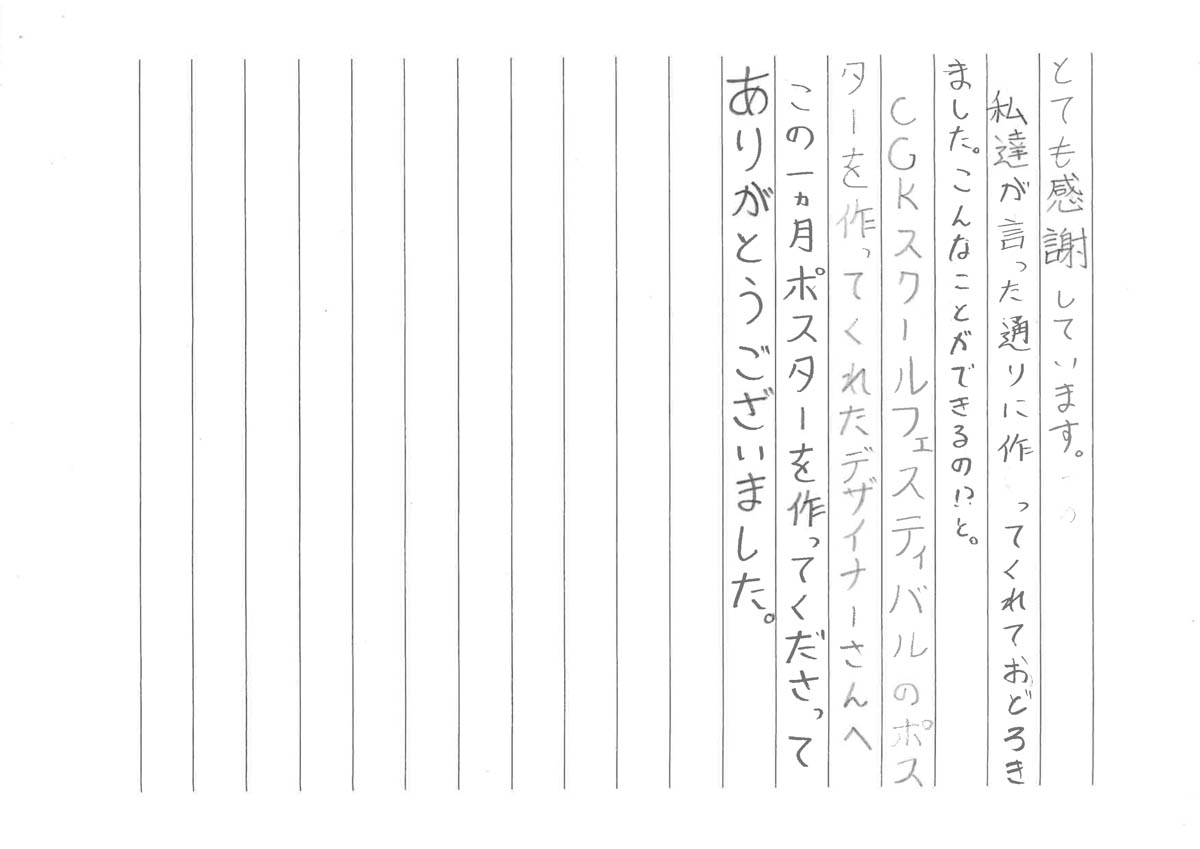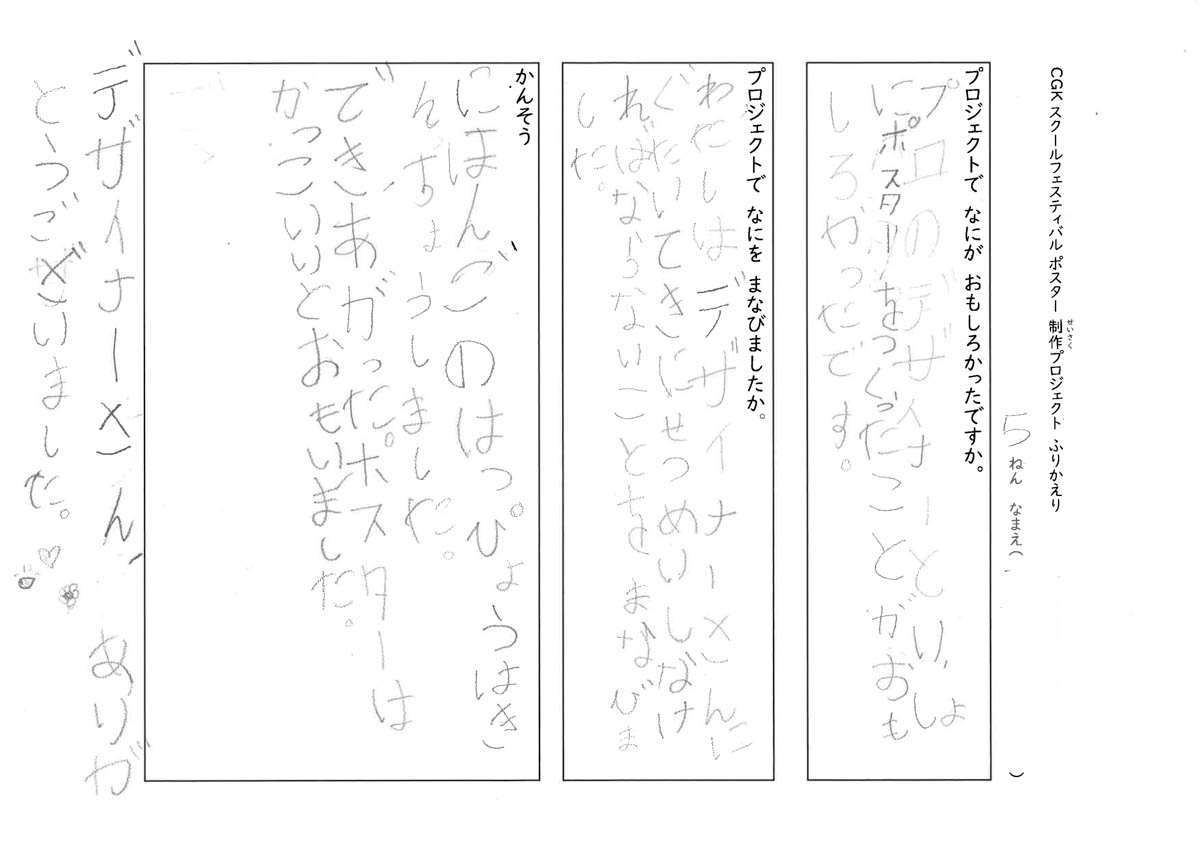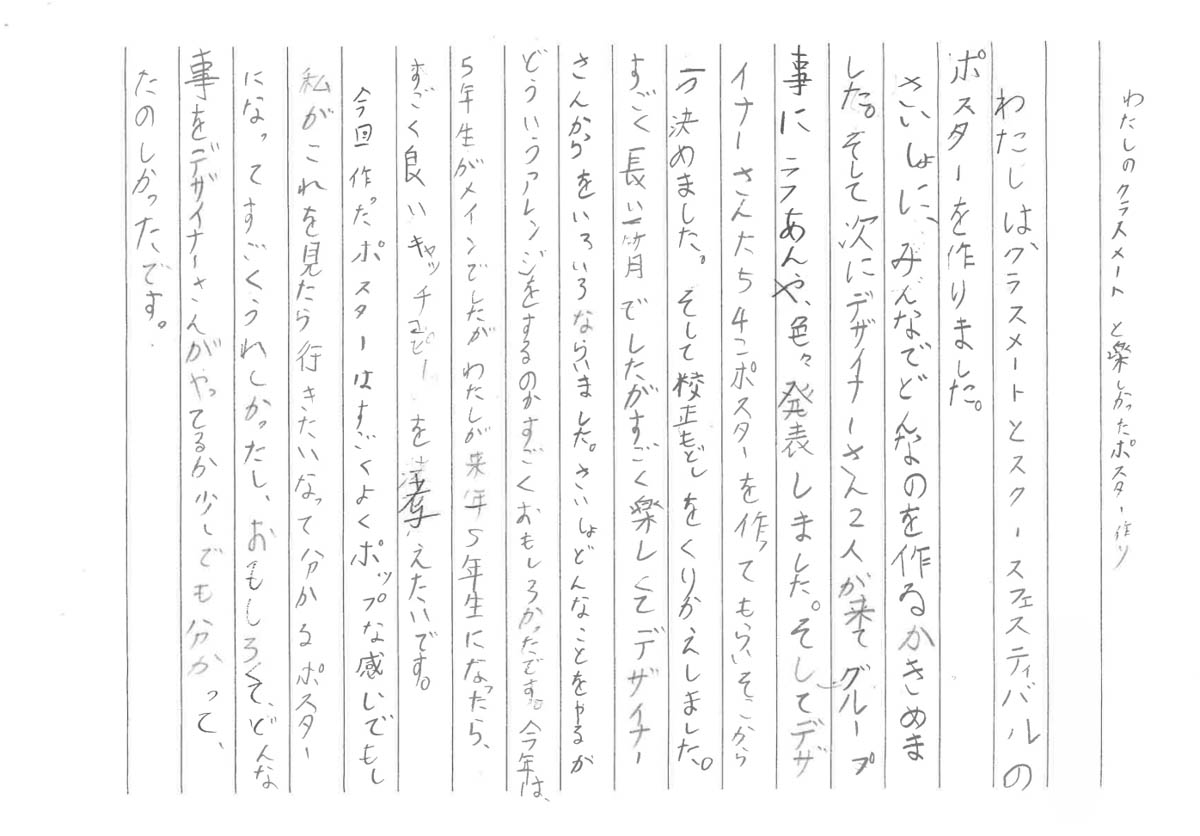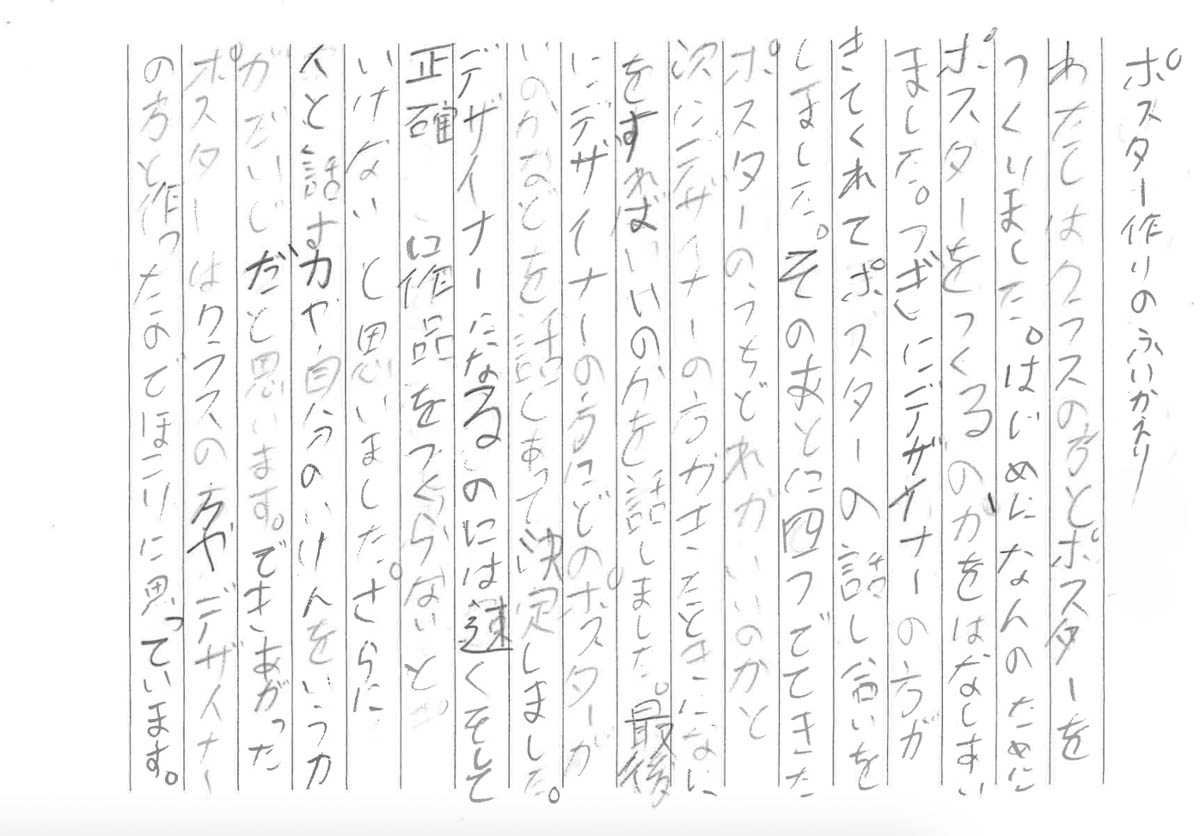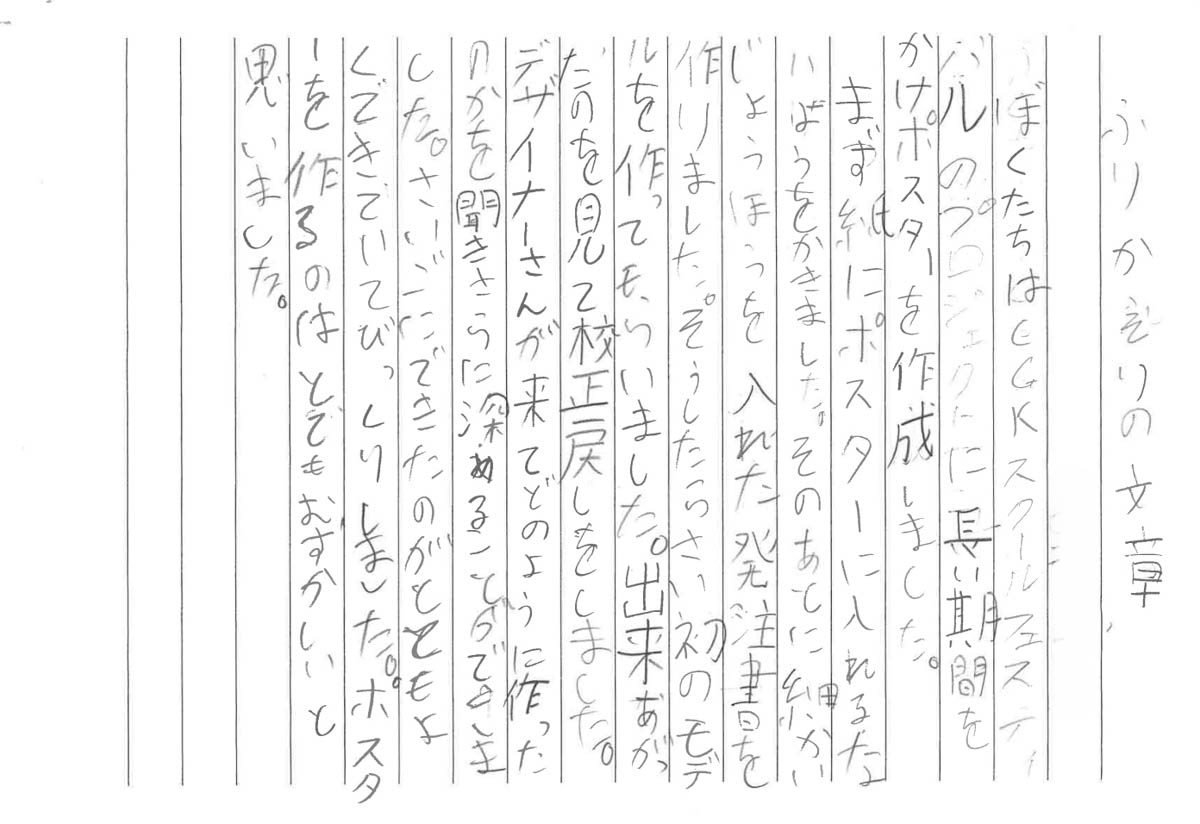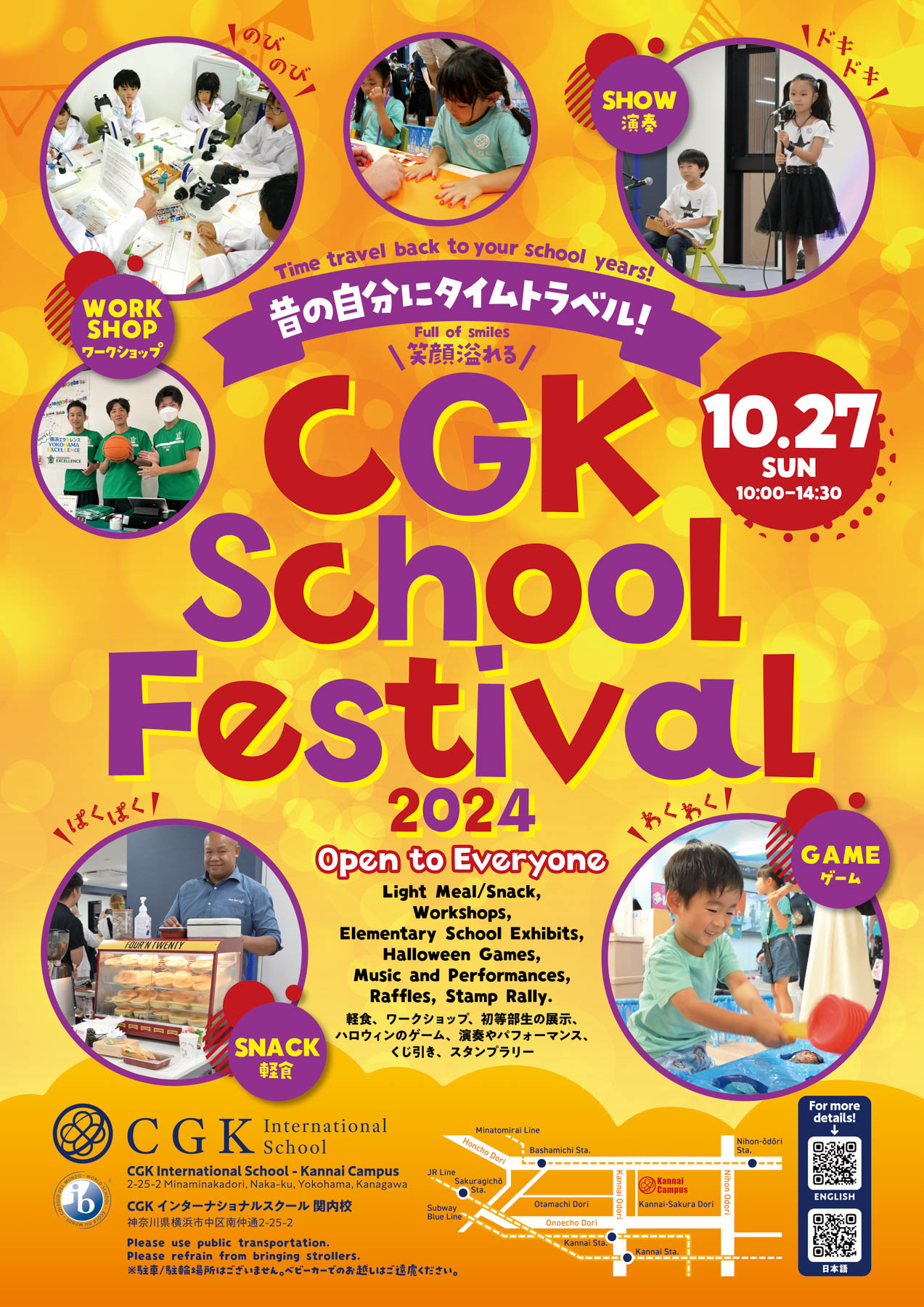Poster Creation Project with Professional Designers - Elementary Japanese Class at CGK International School
The poster creation for this year's CGK School Festival 2024 was primarily led by students from the 4th and 5th grade elementary classes during their Japanese classes. The 5th graders took on a leading role, managing the entire process having direct communication with the designer regarding the order and completion. Meanwhile, the 4th graders engaged in practicing how to shape their ideas in preparation for next year.
This project had two main goals:
- Give students insight into society.
- Give students real world experience in collaborating with professionals to create high-quality deliverables.
This initiative simulated real-world economic activities while also incorporating elements of career experience.
The poster creation process progressed through the following stages:
Understand the Concept of Ordering
First, students began by learning the basic concept of "what is an order?" They had in-depth discussions about the poster's target audience, the purpose and reasons for holding the School Festival, and the information that should be included on the poster. Through this process, they considered the significance of the School Festival and the importance of promotional posters from various perspectives, including parents, school, students, and the community.
Create Catchphrases
Next, they worked on creating catchphrases that encapsulated the message they wanted to convey and the appeal of the CGK School Festival. The task of combining attractive words and messages while being conscious of the target audience greatly contributed to improving the student's vocabulary and communication skills.The students realized the power and influence of words by fully exercising their creativity. Through group brainstorming, they also became aware of the importance of diverse perspectives.
This experience of creating catchphrases seemed to spark the student's interest in the world of advertising and marketing. Moreover, by expressing the appeal of the event in their own words, their attachment to and pride in the CGK School Festival deepened even further.
Create Purchase Orders
After determining the direction of the poster through catchphrase creation, the students began preparing order request forms for their meeting with the designer.
They discussed and completed the following tasks in groups:
- rough draft
- text manuscript
- materials to be used
- design image
They worked on this while experiencing actual business processes and learned specialized terminology. Through this process, the students learned the importance of teamwork while developing their creative thinking and decision-making skills. By creating an actual order request form used in real business settings, they also gained hands-on experience in project management basics. This experience provided a valuable opportunity to spark their interest in future career choices and entrepreneurship.
Collaboration with the Designer (Order Request and Proofreading)
The order request was made through direct meetings with the designer, where each group presented their ideas and directions. They made efforts to convey not just the contents of the request form, but also their reasons and thoughts in easy-to-understand language. After the presentation, they spent a lot of time discussing with the designer and listening to professional perspectives to shape their ideas.
After the designer submitted four initial design proposals, the students prepared for their second meeting (proofreading). During class discussions, they maintained an inclusive attitude, with students voluntarily providing English translations and incorporating English explanations as needed.
The students meticulously proposed modifications from various perspectives and expressed their opinions politely. The revised version arrived the next day, and the students were not only surprised by the professionals' swift production, but also greatly excited that their ideas were realized as the poster neared completion.
In the proofreading meeting with the designer, a girl asserted, "I think adding a gradient at the bottom would be good." Even the classmates who couldn't visualize the actual image reacted, "The gradient, it's wonderful!" The last issue the children struggled with was the font, debating between a round, soft impression, or an angular, gothic-style impression. After considering various elements such as the overall atmosphere, their catchphrase, and the target audience, they ultimately decided on the angular font. In this way, the opinions of each individual came together, and the final version was completed.
Reflection & Placement Consideration
In the project review, they summarized what they had learned from the designer, their feelings about the project and the completed poster, and the challenges they would like to tackle next, while paying attention to the composition and paragraphs. Some students expressed their gratitude and respect for the designer, and even wrote about the skills required to become a designer.
Additionally, the students themselves will be conducting promotional activities using the poster. They will visit stores directly and ask for their cooperation in posting the poster. This project is also related to the Business UOI, and they reviewed the purpose of creating the poster and relearned the importance of "promotion."
In this project, the students were able to gain valuable opportunities to improve a wide range of skills, such as information gathering and organization, layout and design thinking, effective word choice and creativity, group work and consensus building, and communication with professionals.
In this way, the "CGK School Festival 2024 Poster Creation Project" went beyond just preparing for a school event, and became an educational initiative of high value, providing children with real-world experience and opportunities to acquire diverse skills. The final poster, completed with the full display of the children's creativity and execution ability, will surely play a role in deepening the connection between the school and the local community.
*If there are any companies, organizations, or individuals who are willing to help display this poster (A2 size) or flyer (same design, A4 size), we would greatly appreciate it if you could contact us.
Message from the School President
Professional Designers Who Assisted with This Project
Akihiro Suzuki
Graphic Designer
After graduating from Nippon Design Welfare College in 1991, he joined a design company in Tokyo.
Since 2001, he has been working as a freelancer.
He has produced a wide range of design works including MOOKs, books, flyers, and more.
Noriko Masuda
Graphic Designer
After graduating from Joshibi Junior College of Art and Design in 1992, she joined a design company in Tokyo.
Since 2010, she has been working as a freelancer.
She mainly produces designs of entertainment magazines.
Author Profile
-

-
Sayuri - IB PYP/MYP Japanese Teacher (Japan)

IB PYP/MYP Japanese teacher of CGK International School.
Master's degree in Educational Technology, Western Michigan University.
While conducting research in her field of expertise to review ICT education in Japan and the curriculum review of the School of Education, she has also published research papers with a German publisher.
Two years teaching Japanese at Western Michigan University and five years teaching Japanese to Japanese students at a school in New York City.



